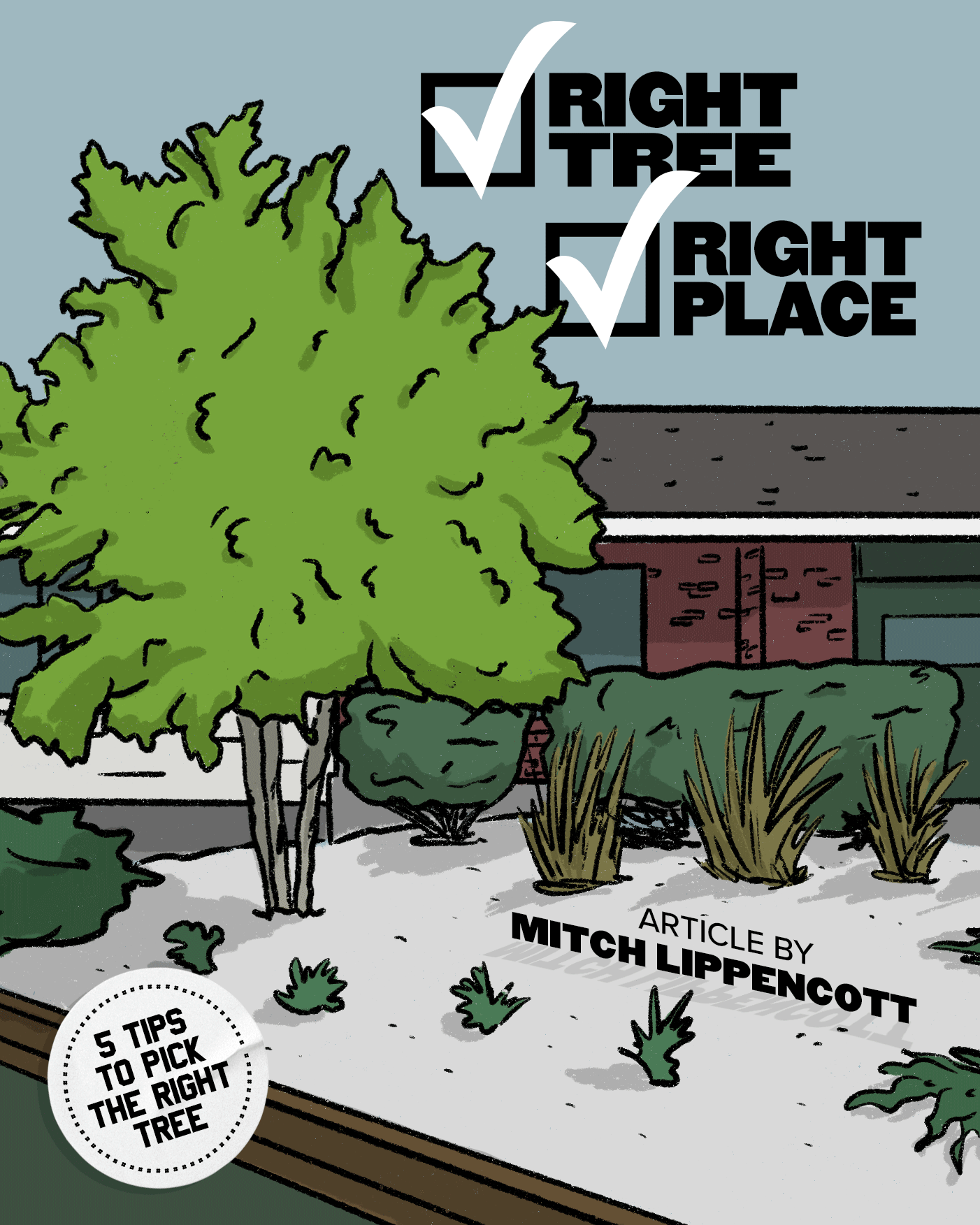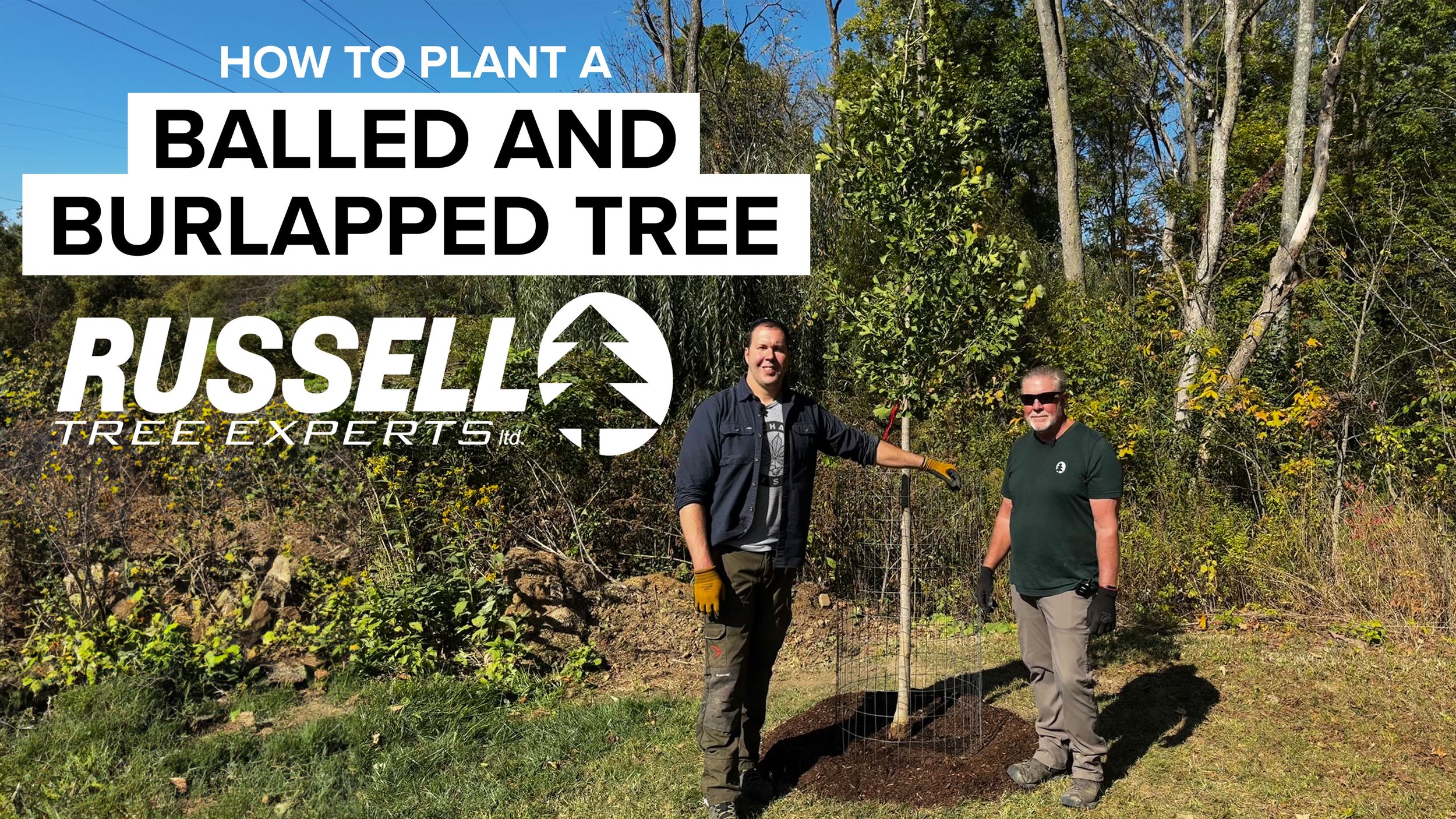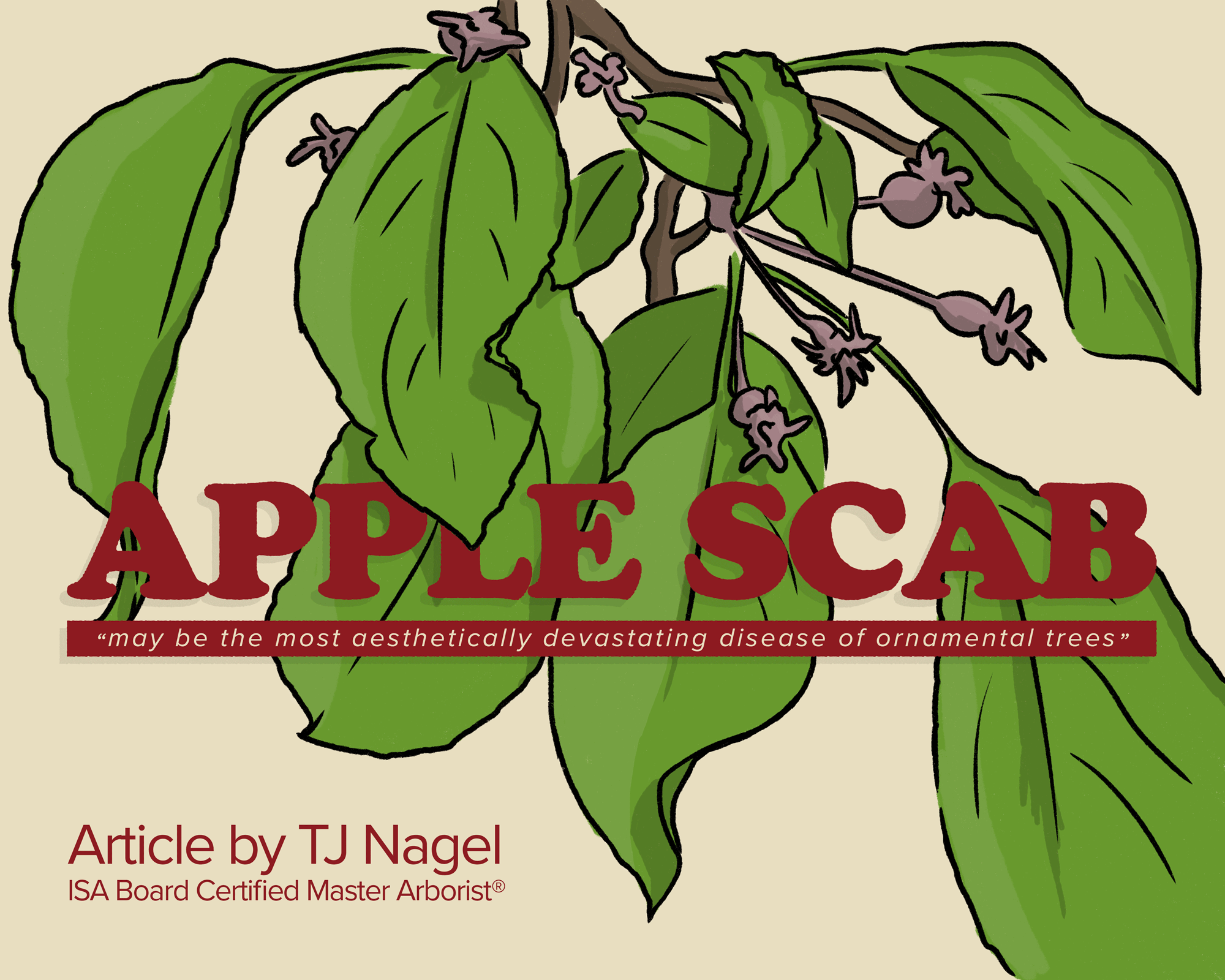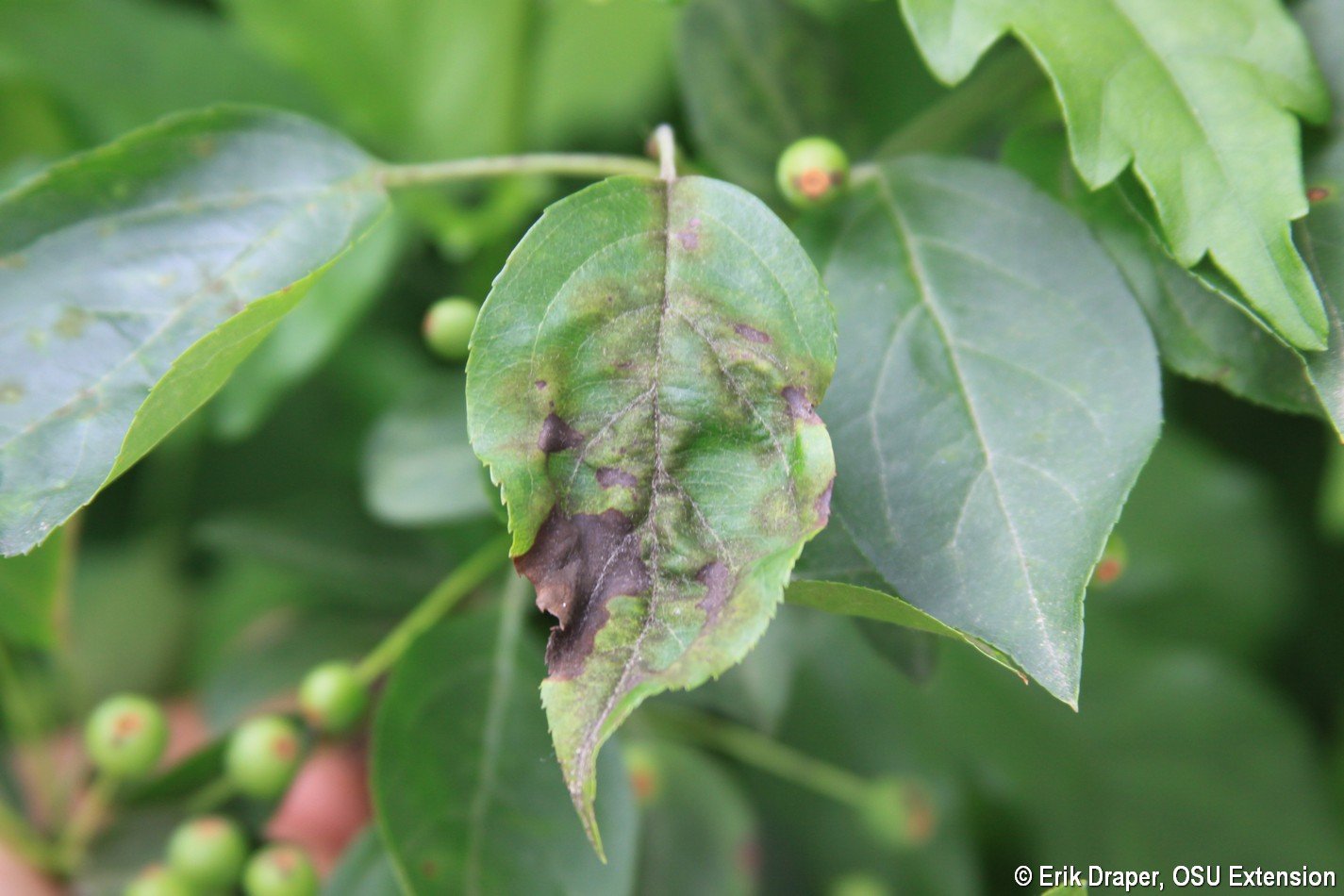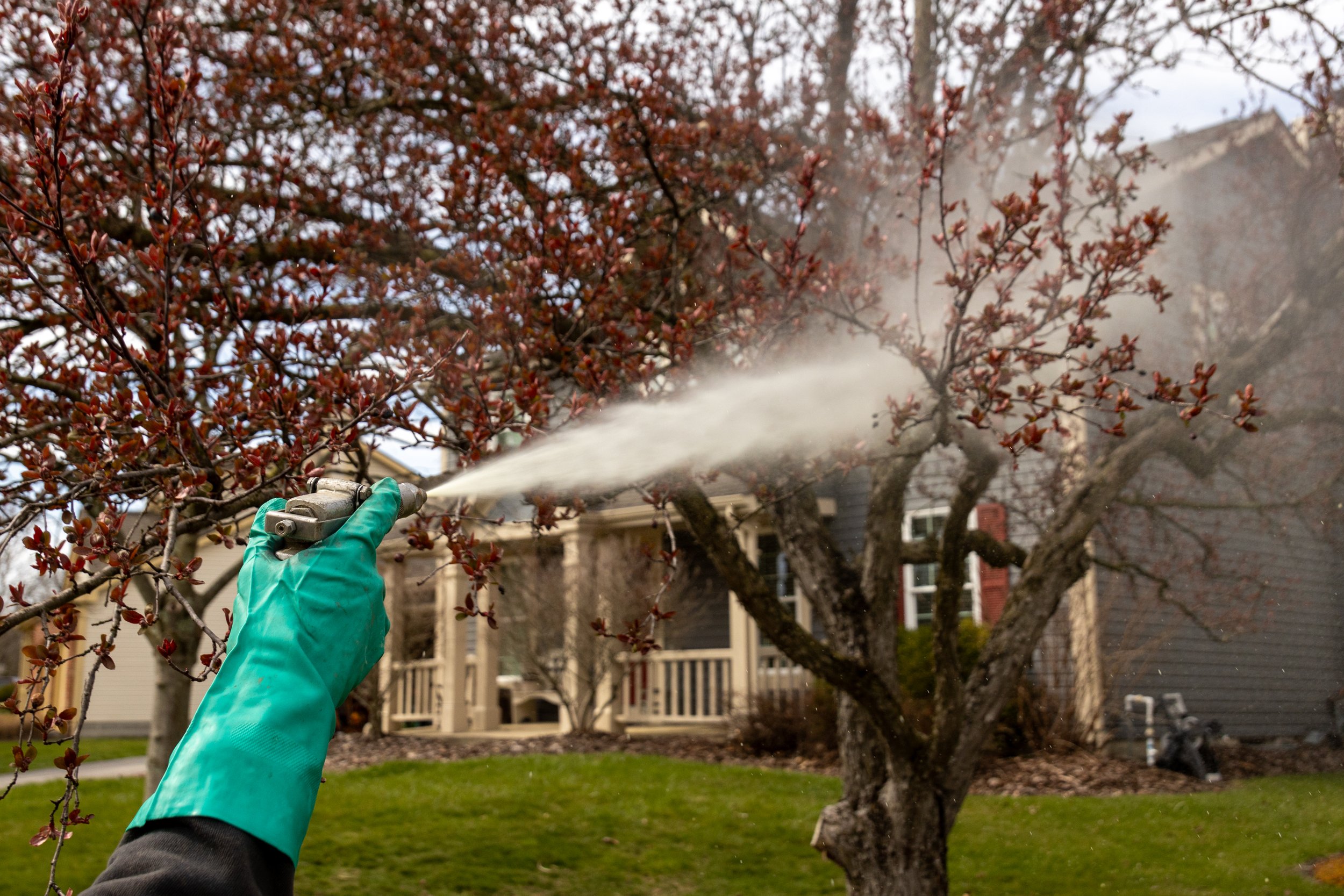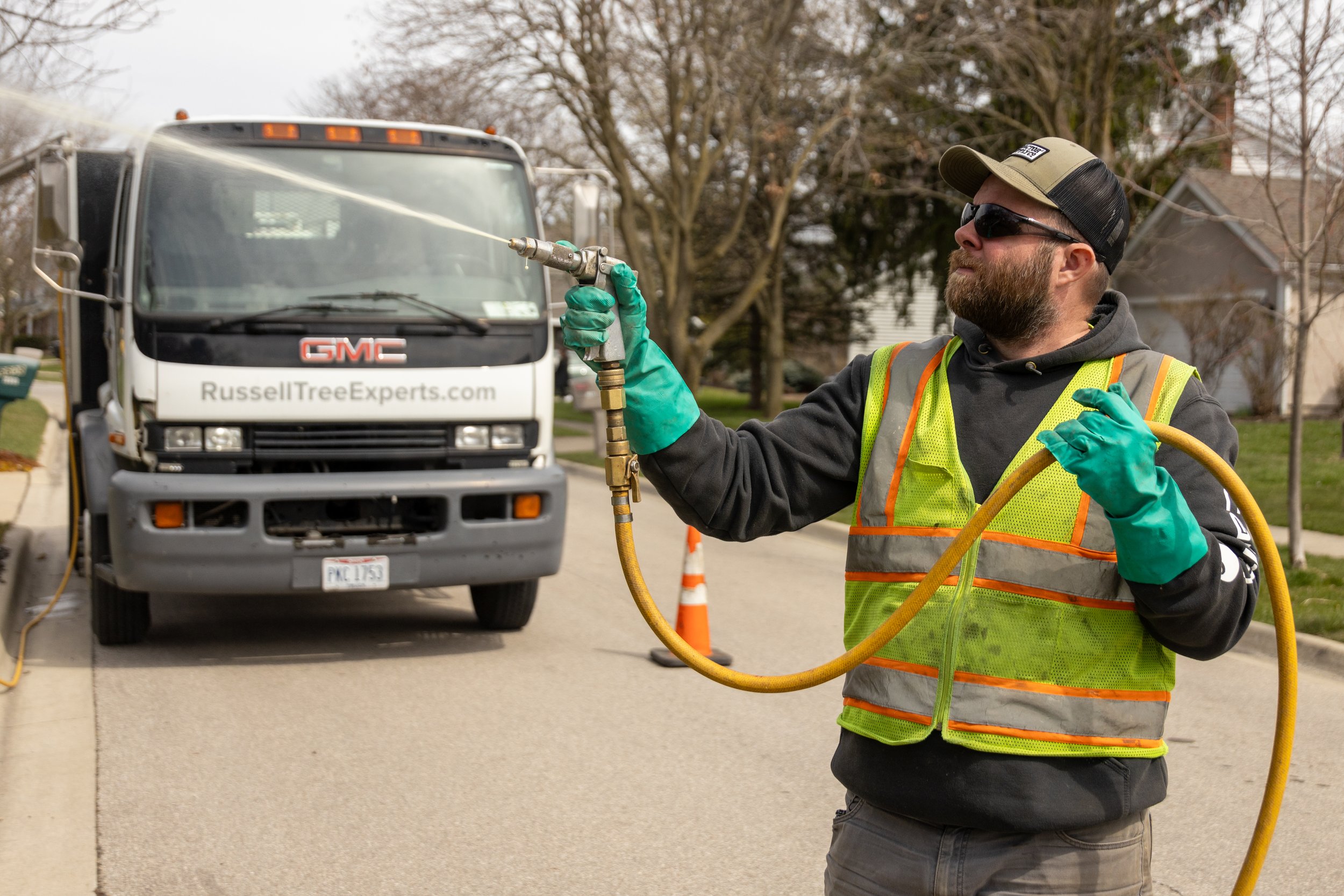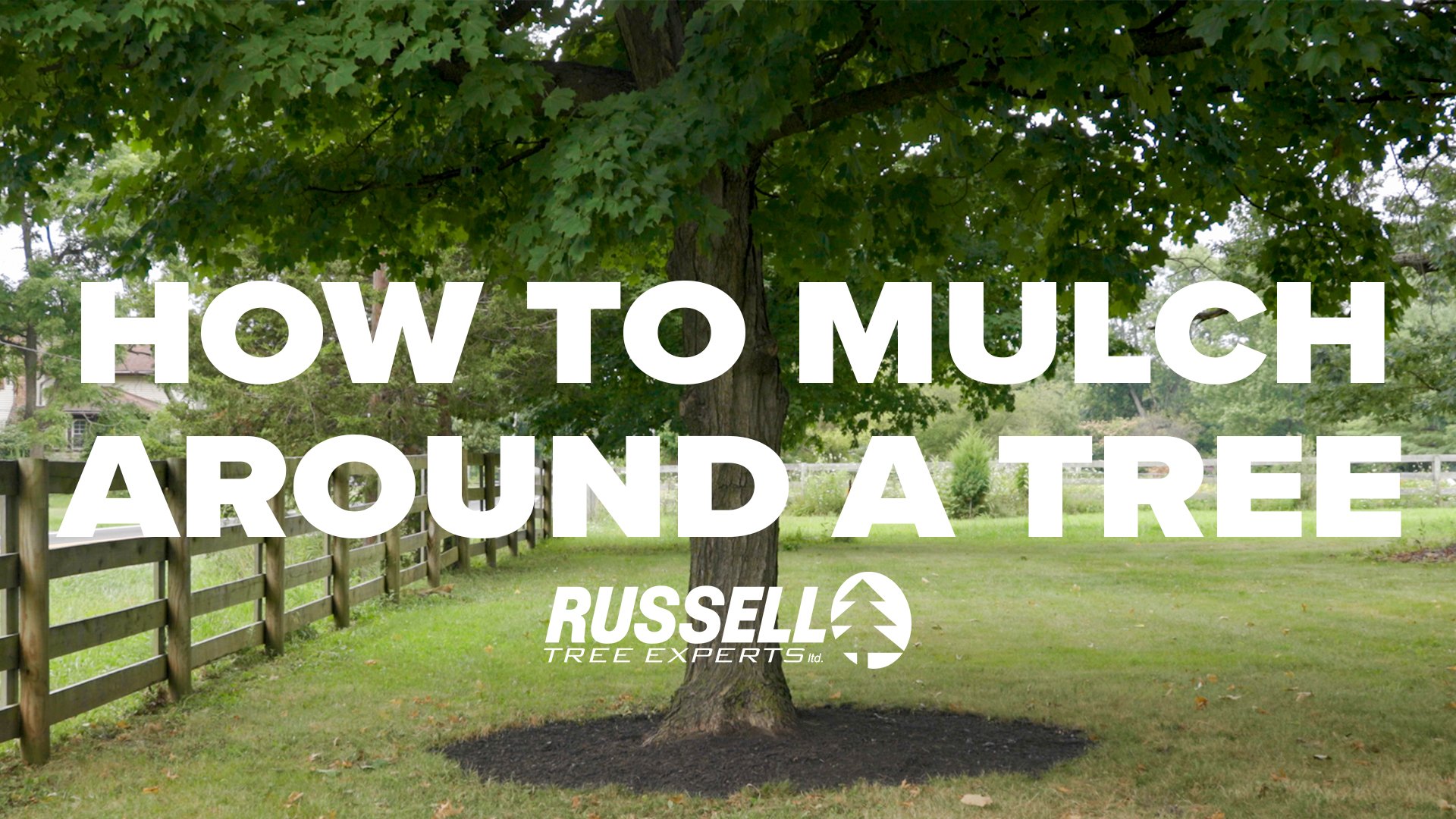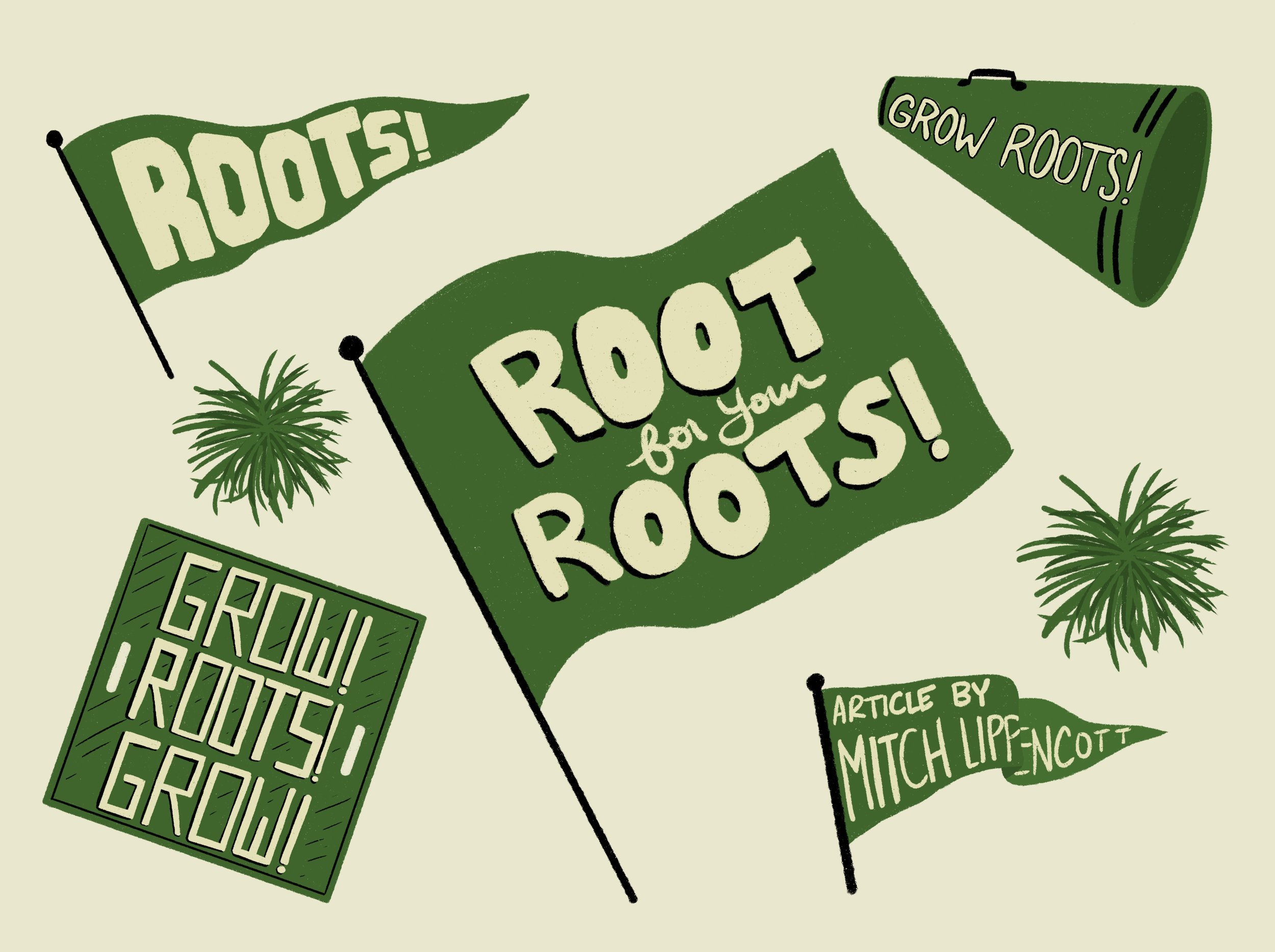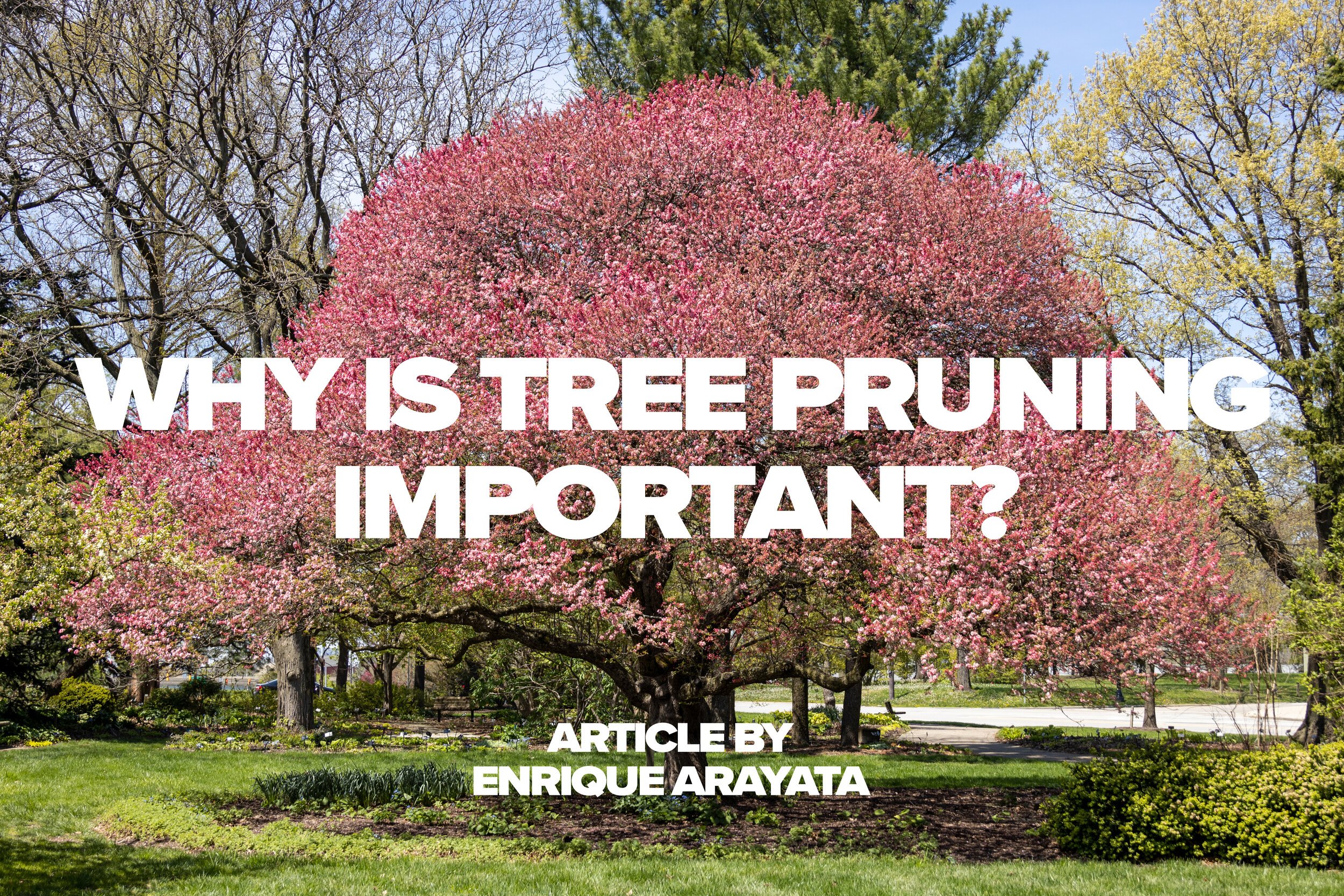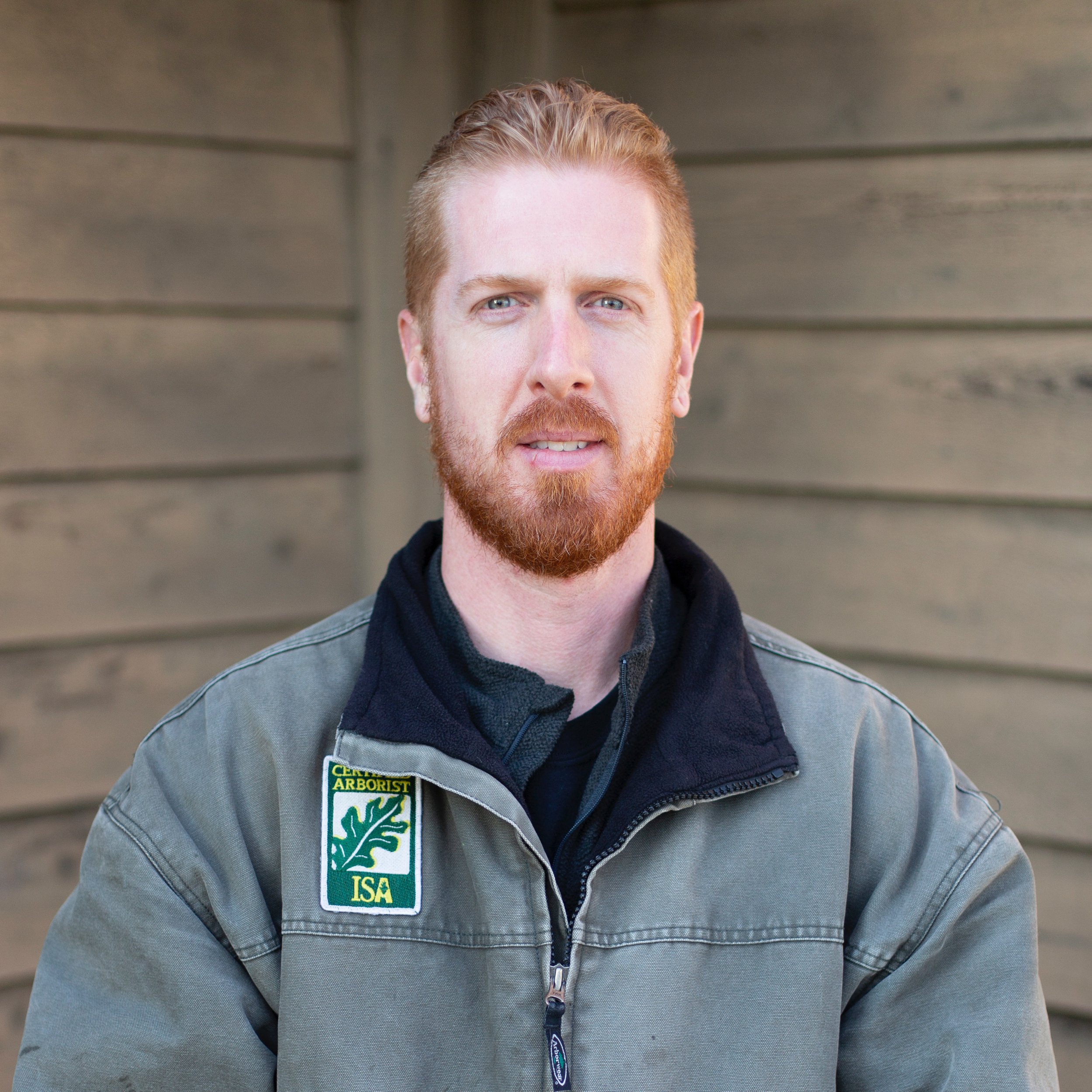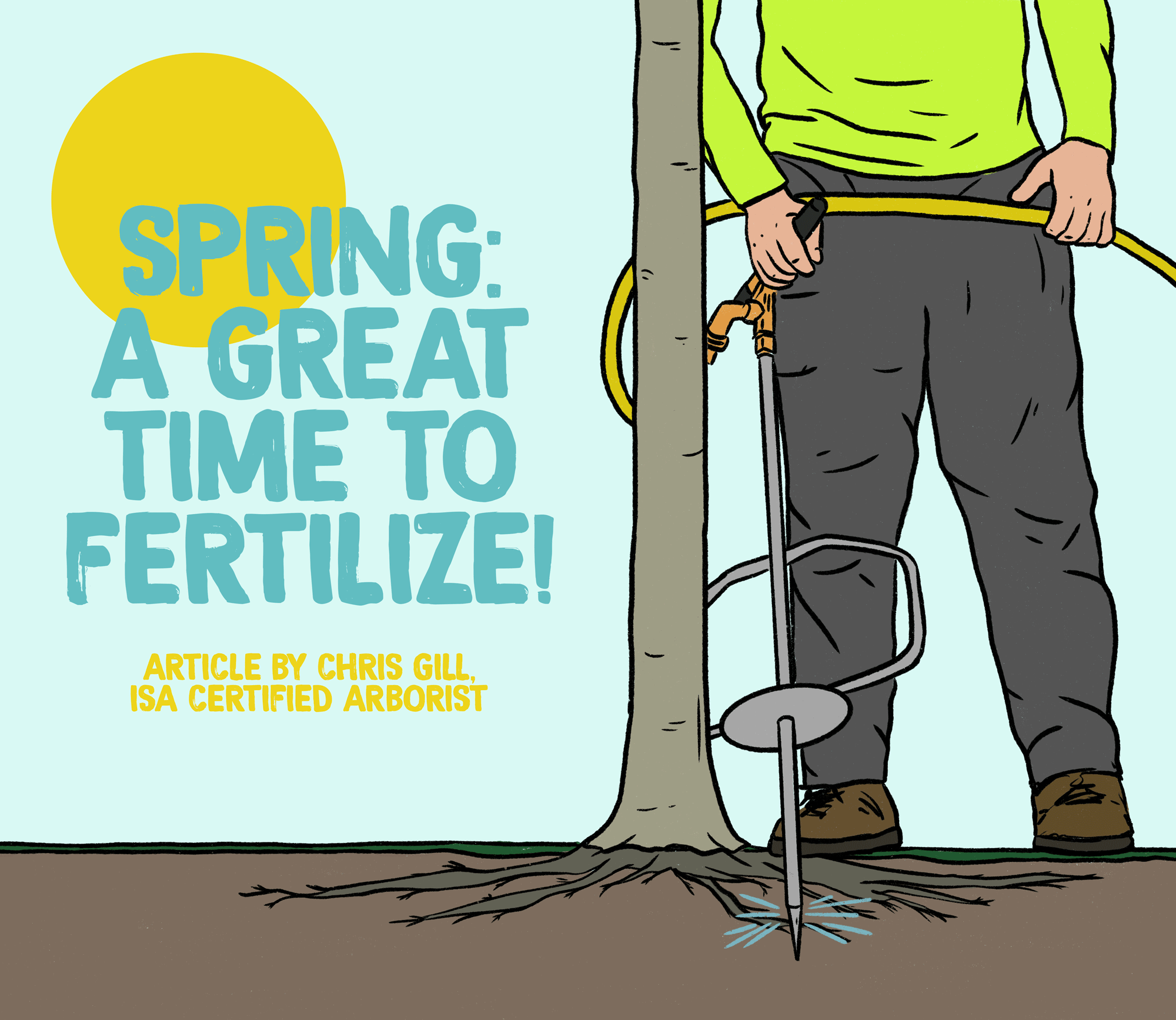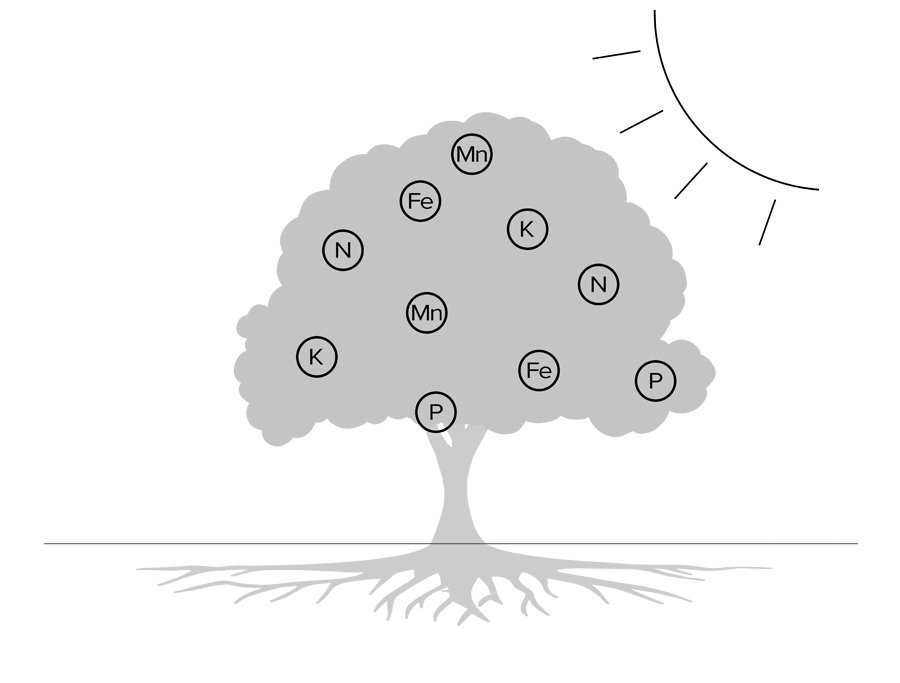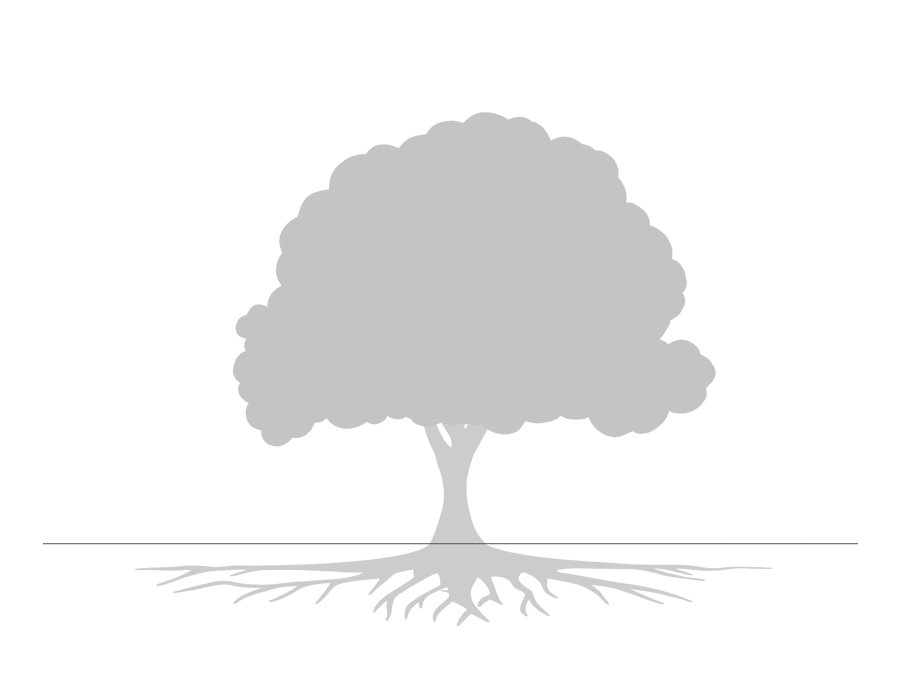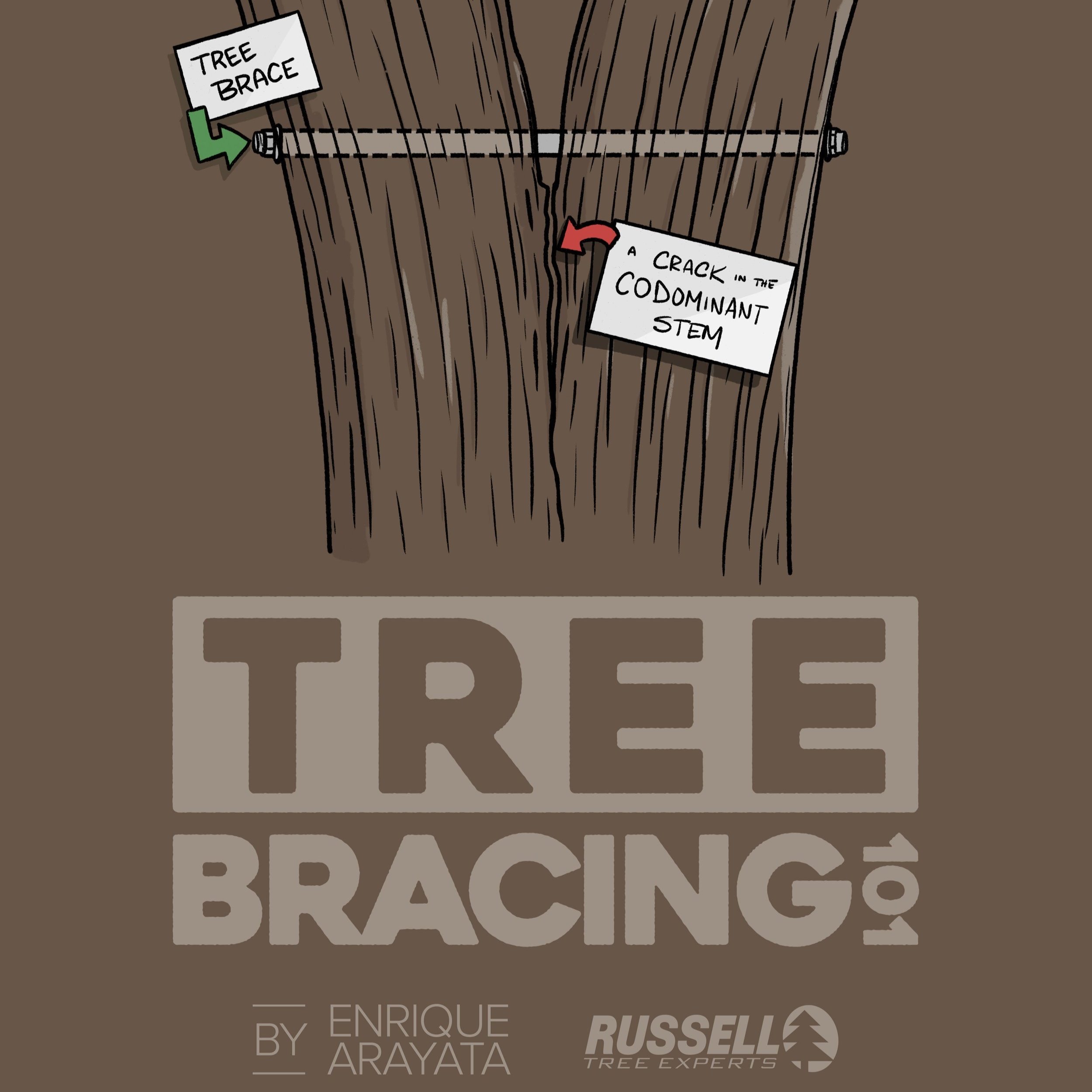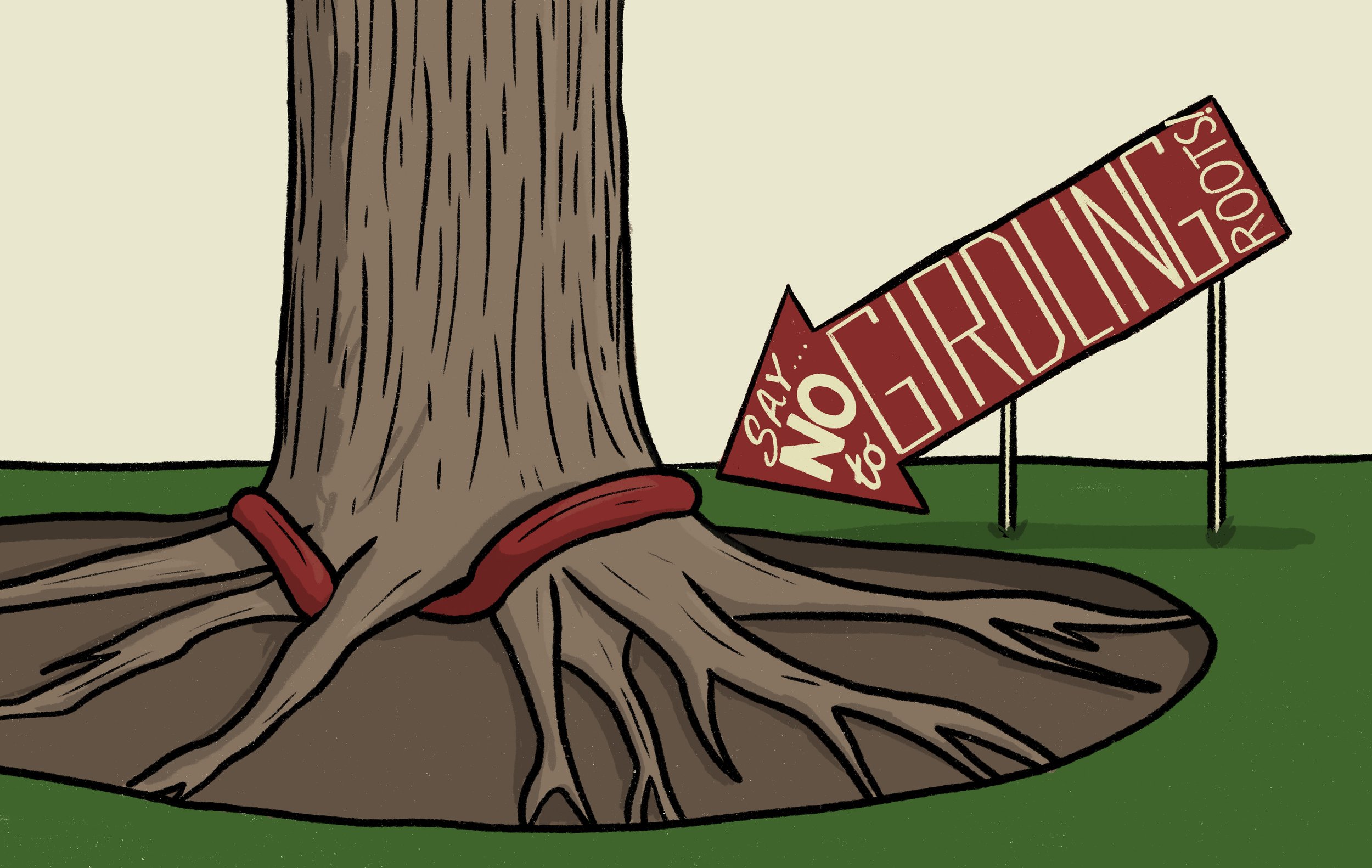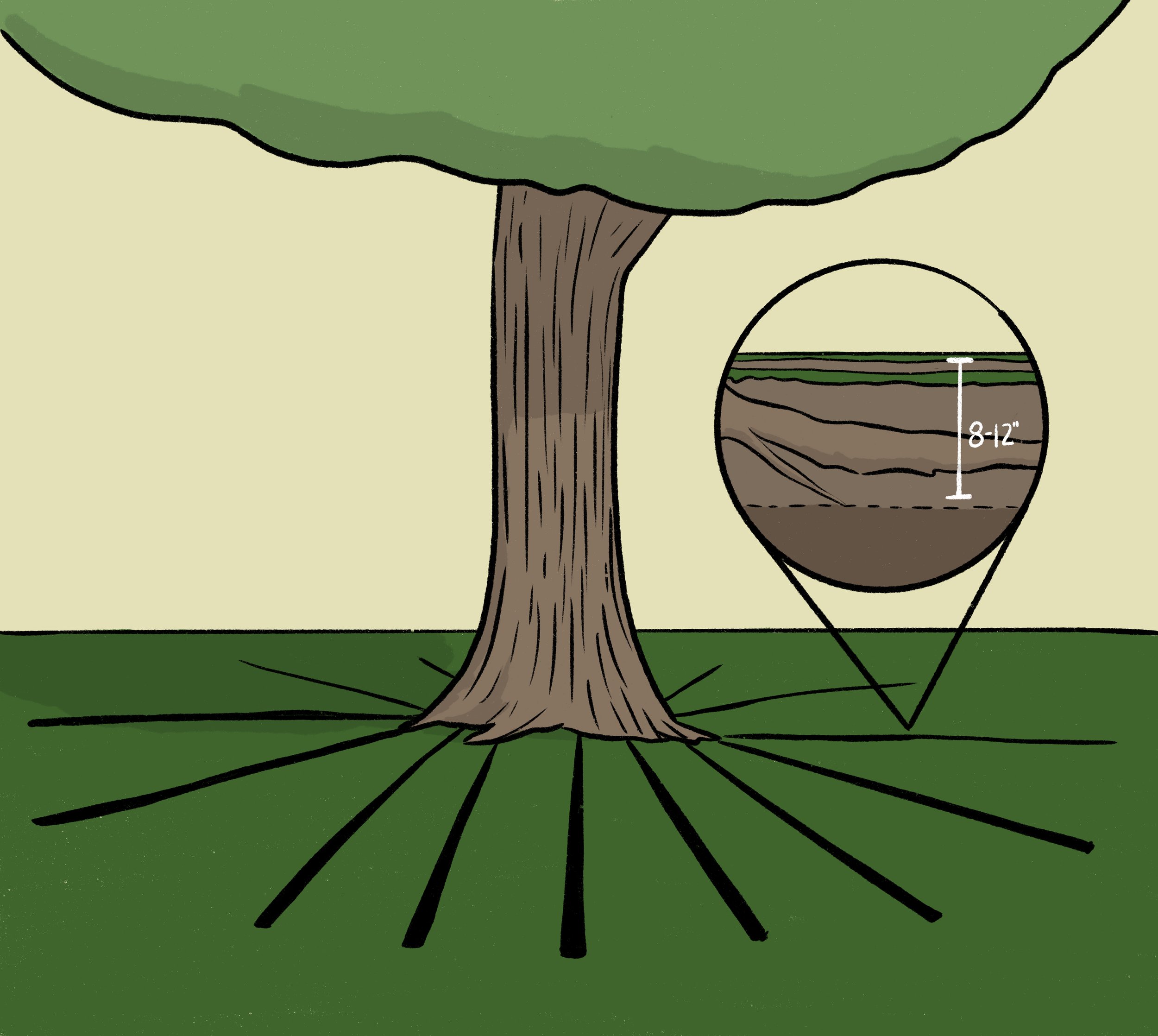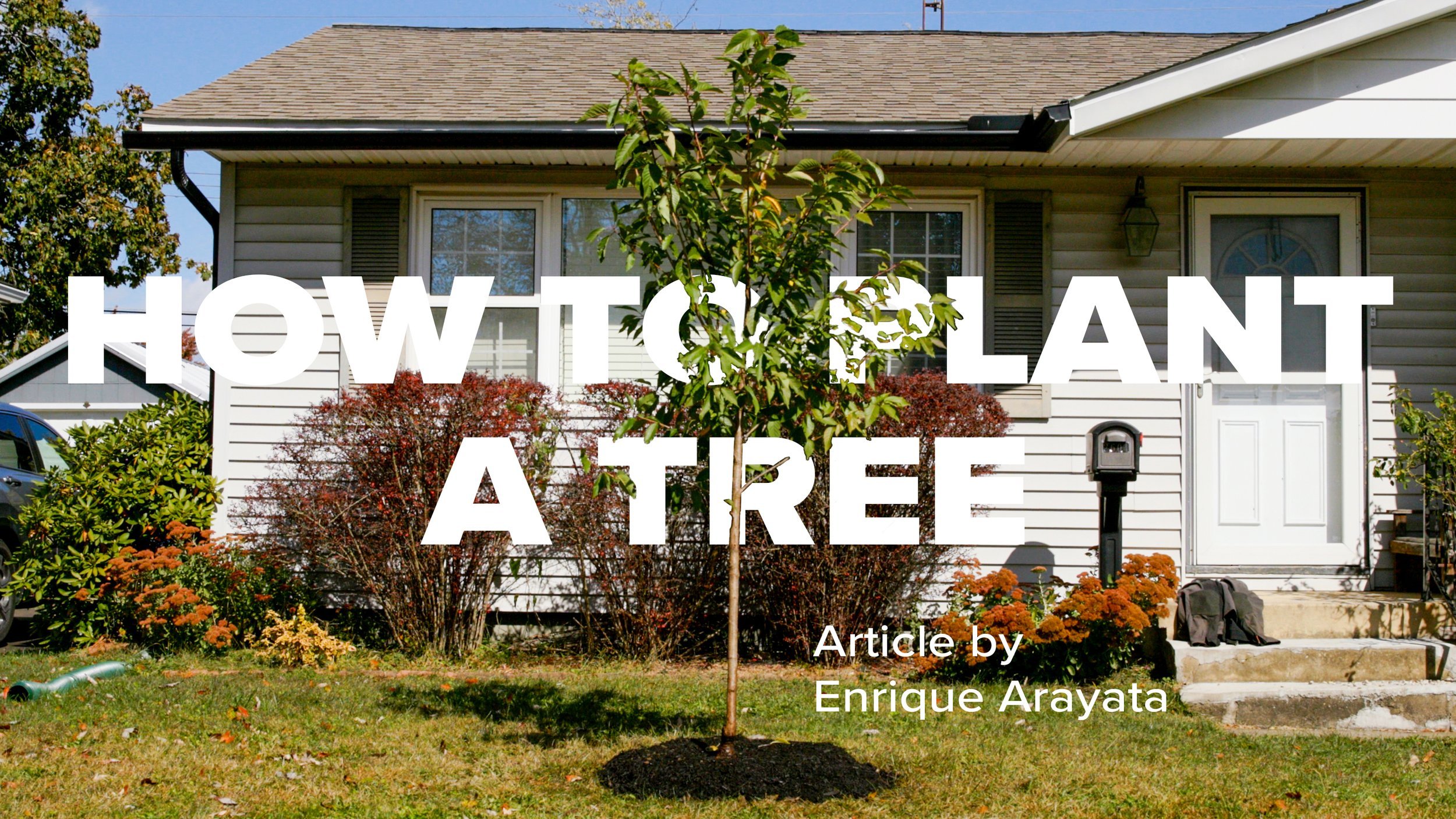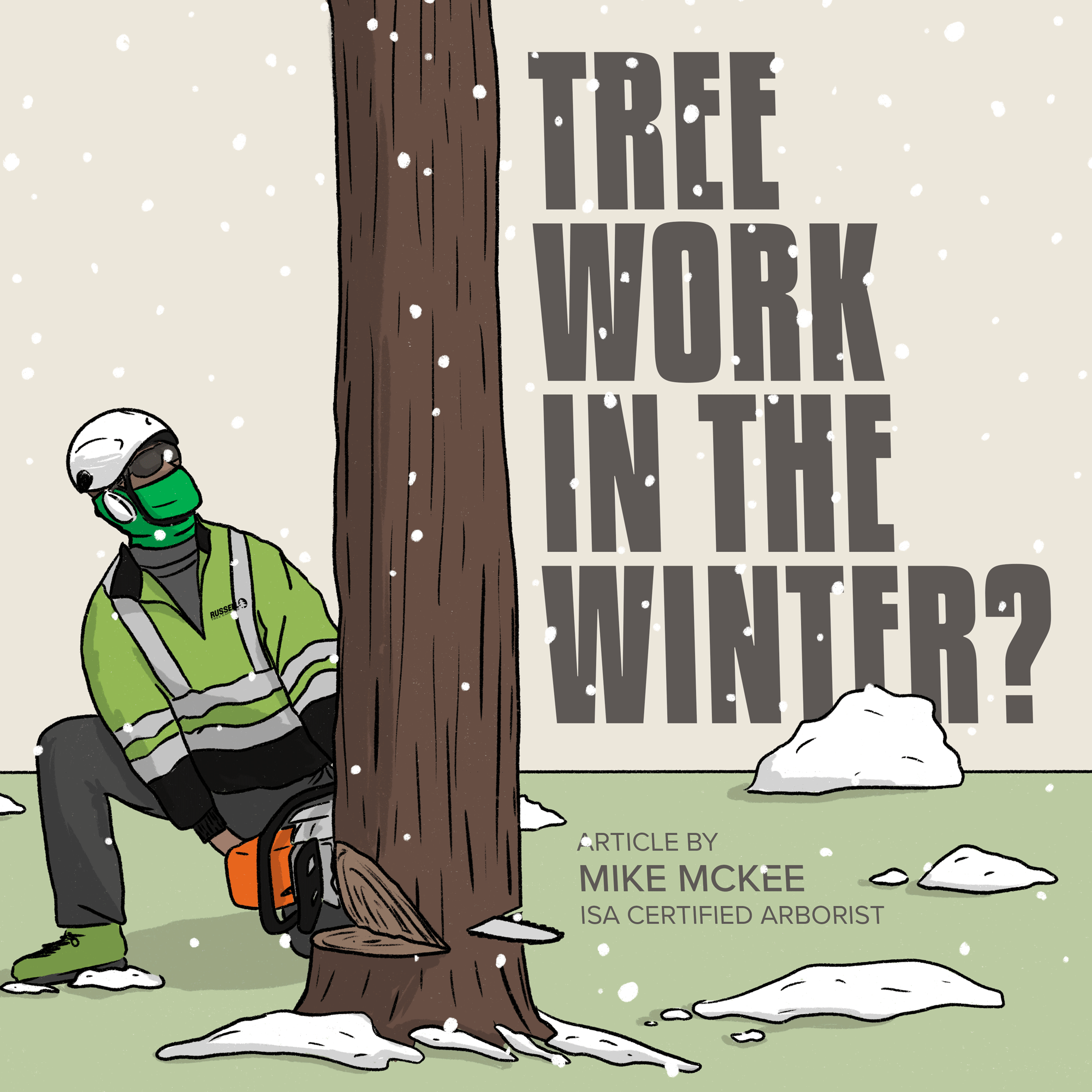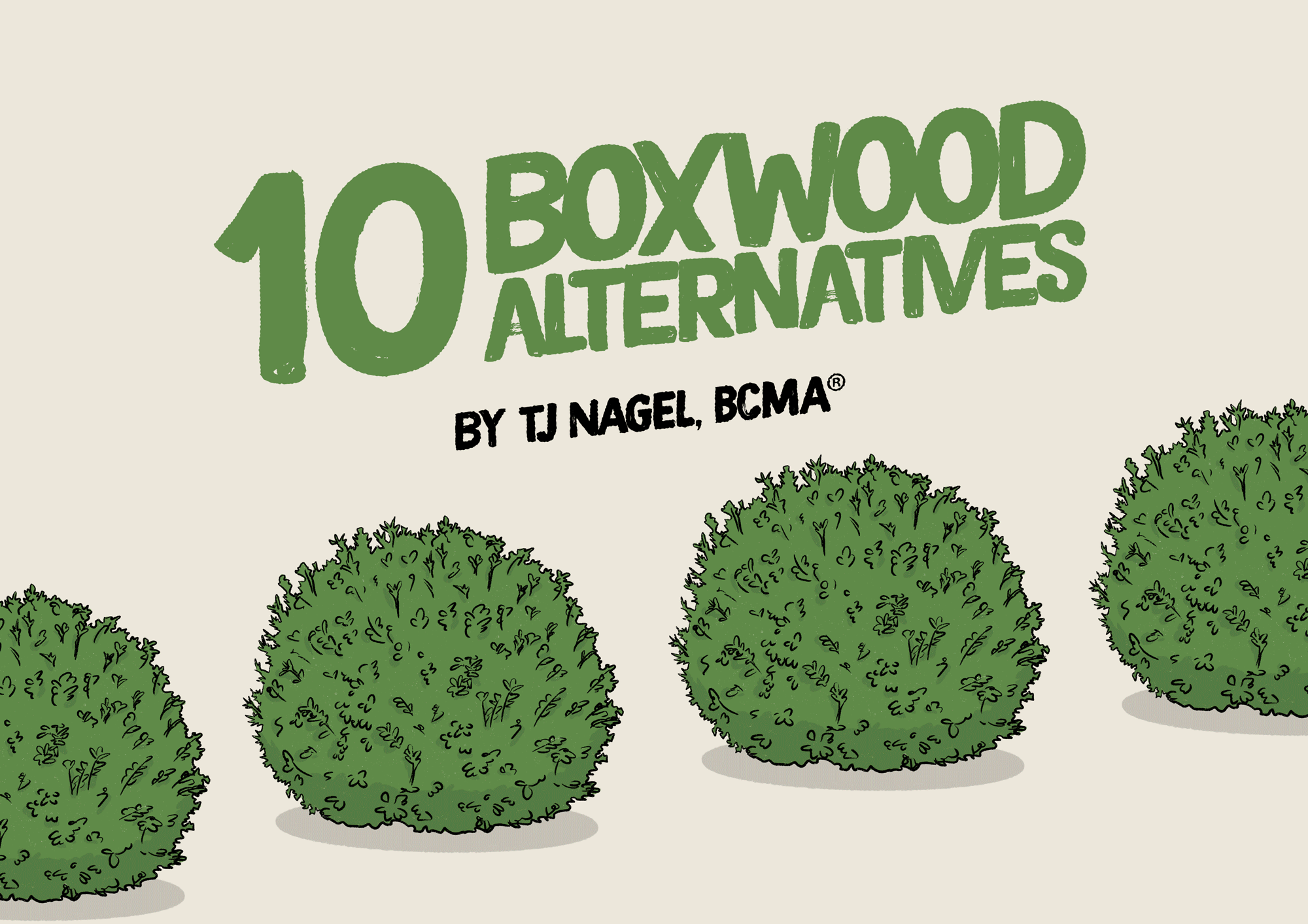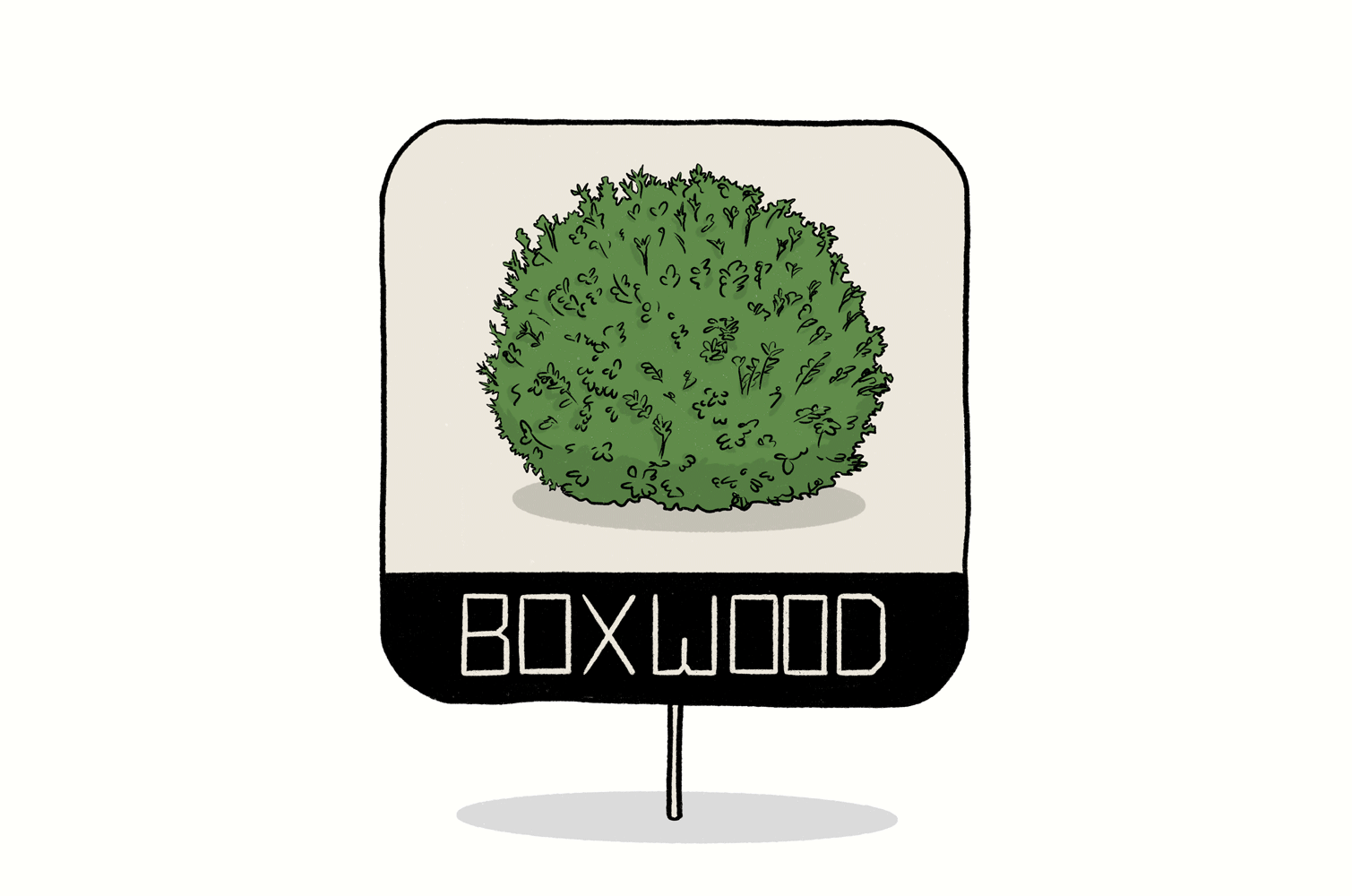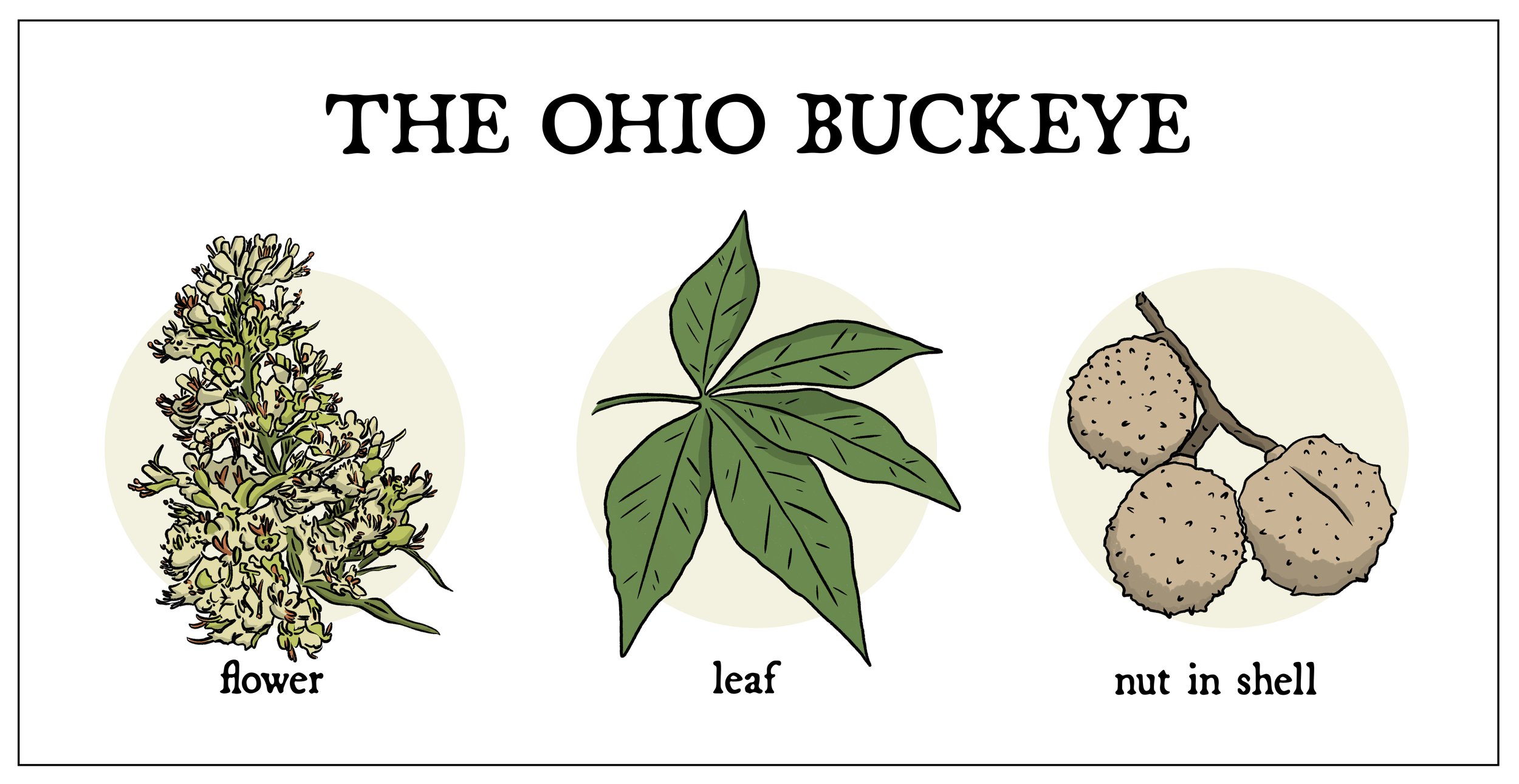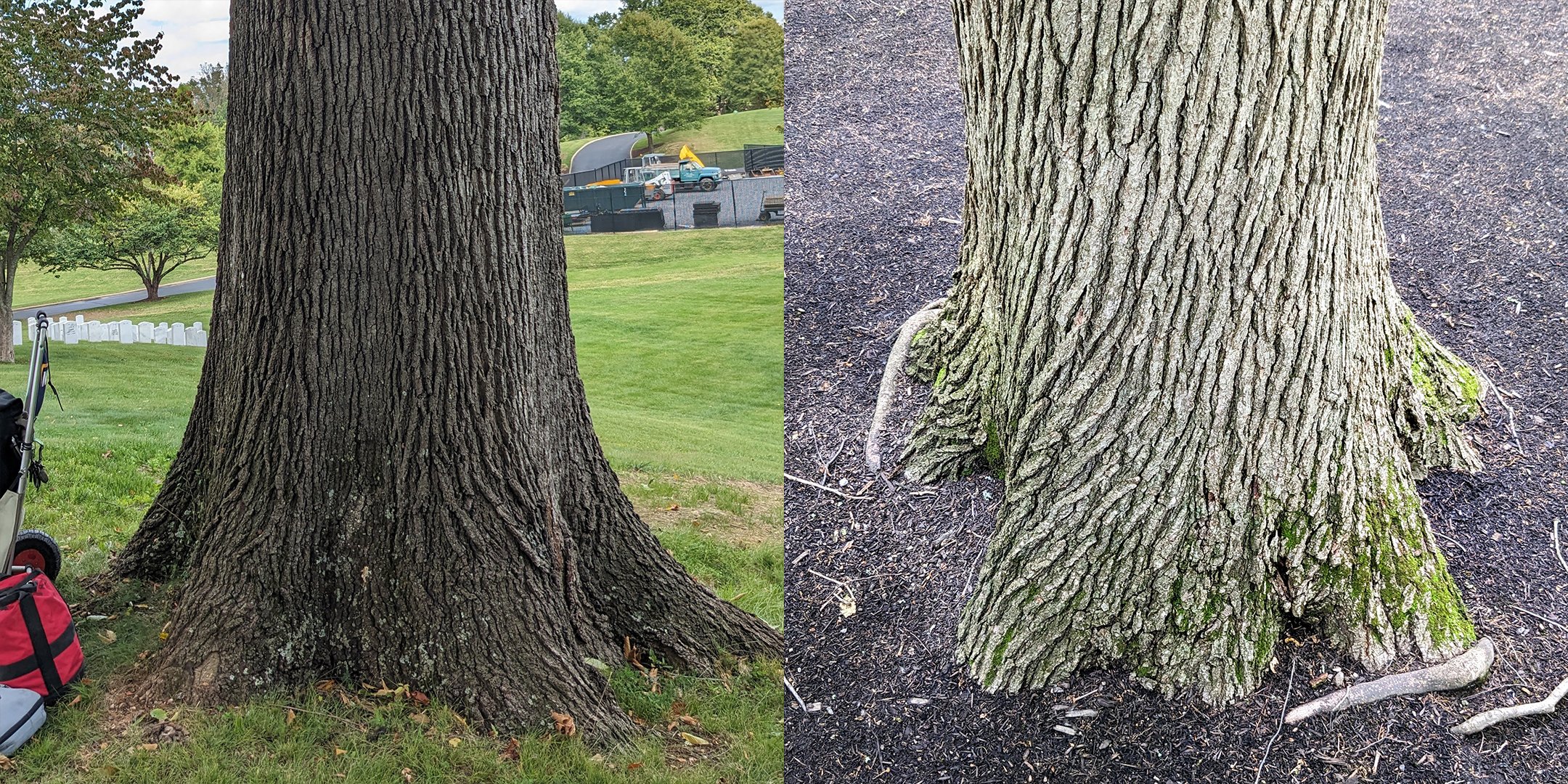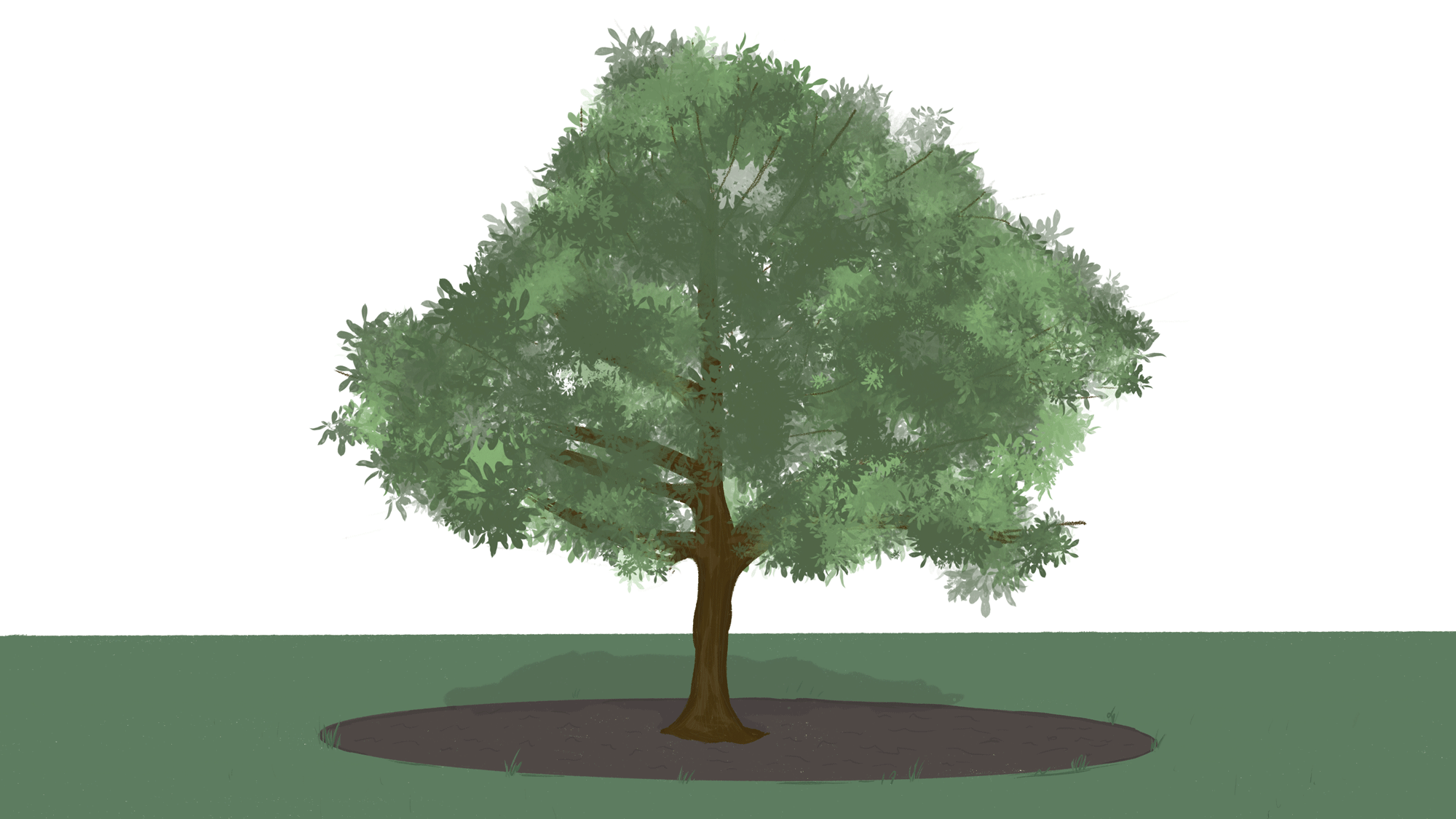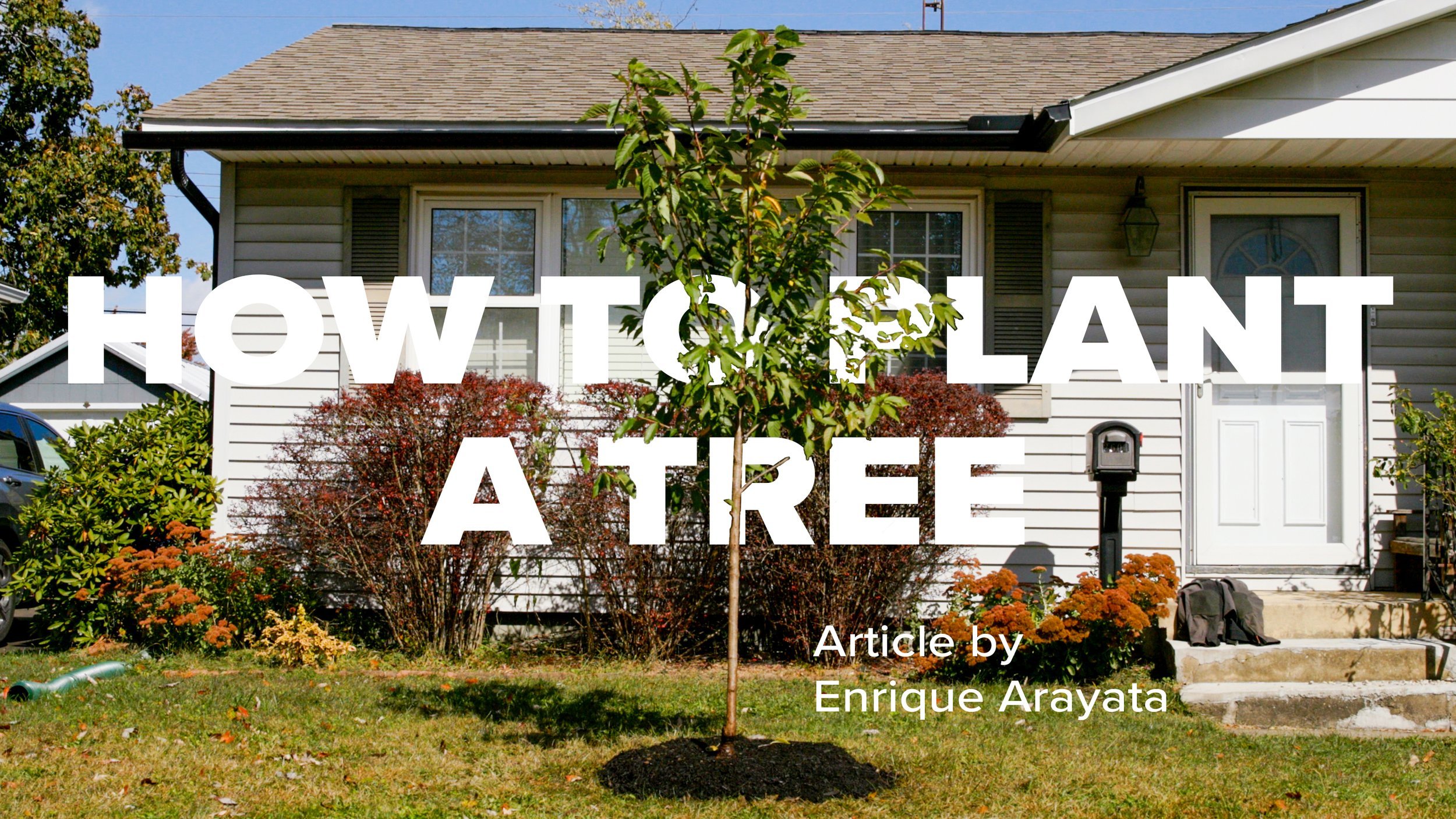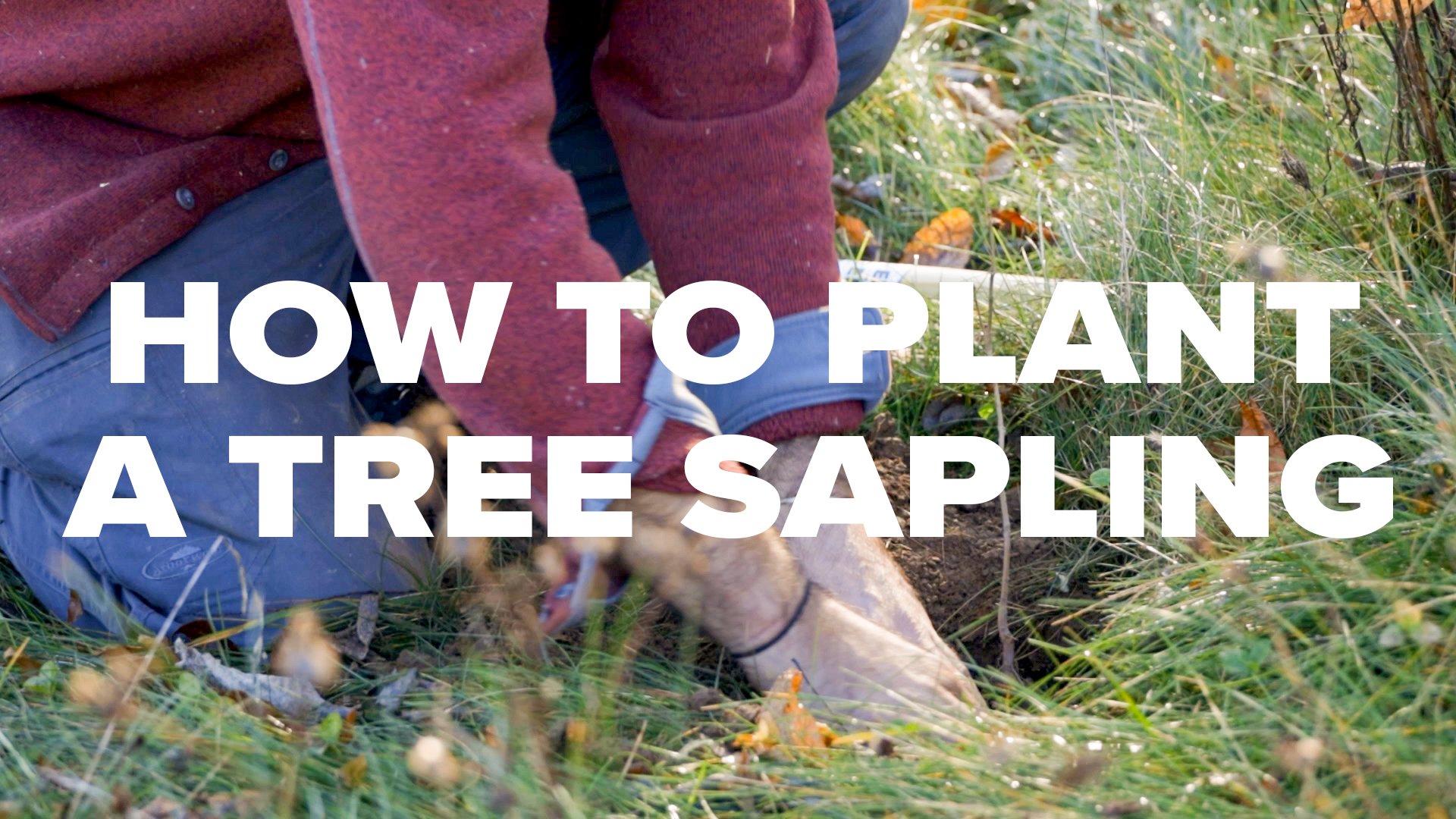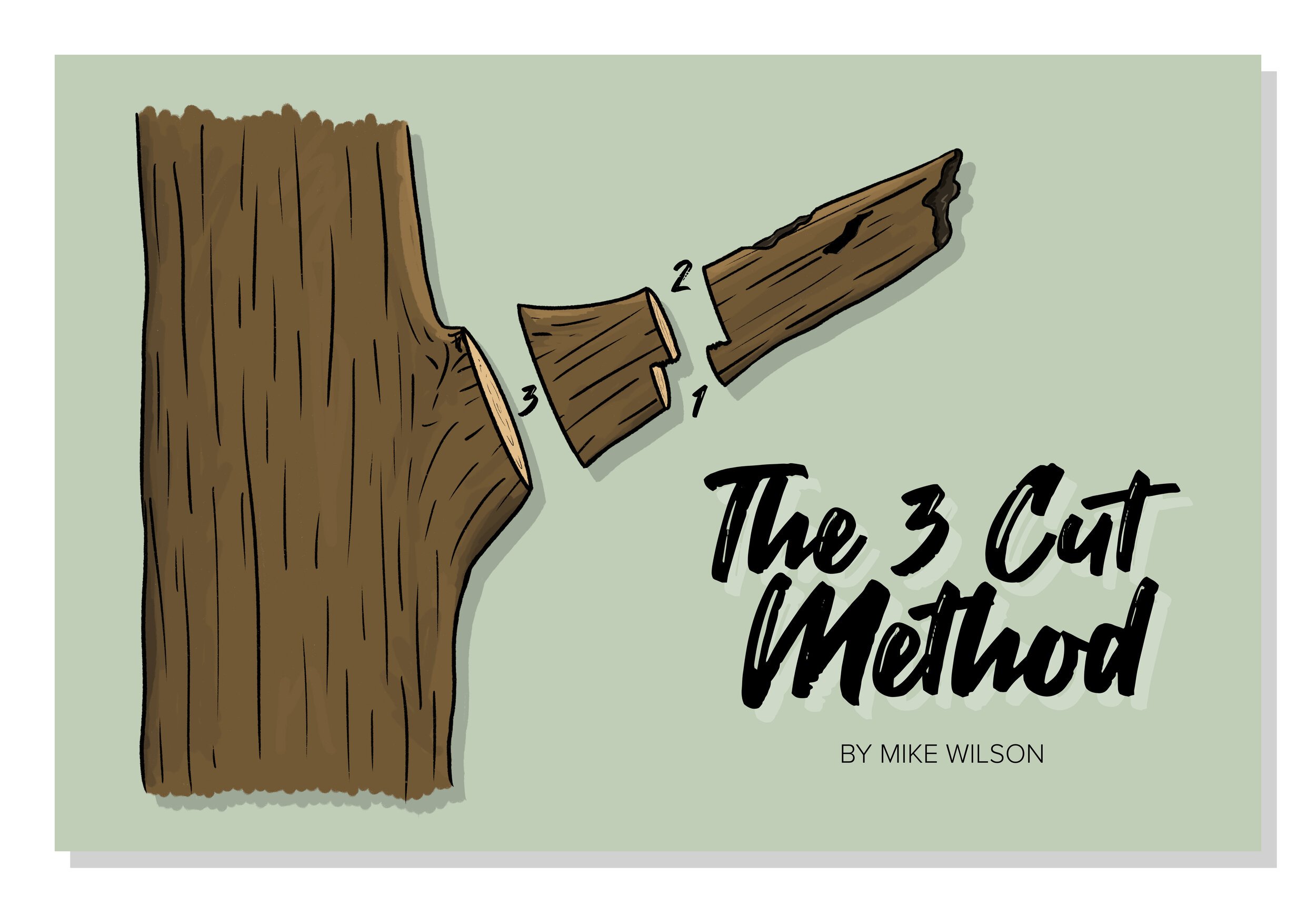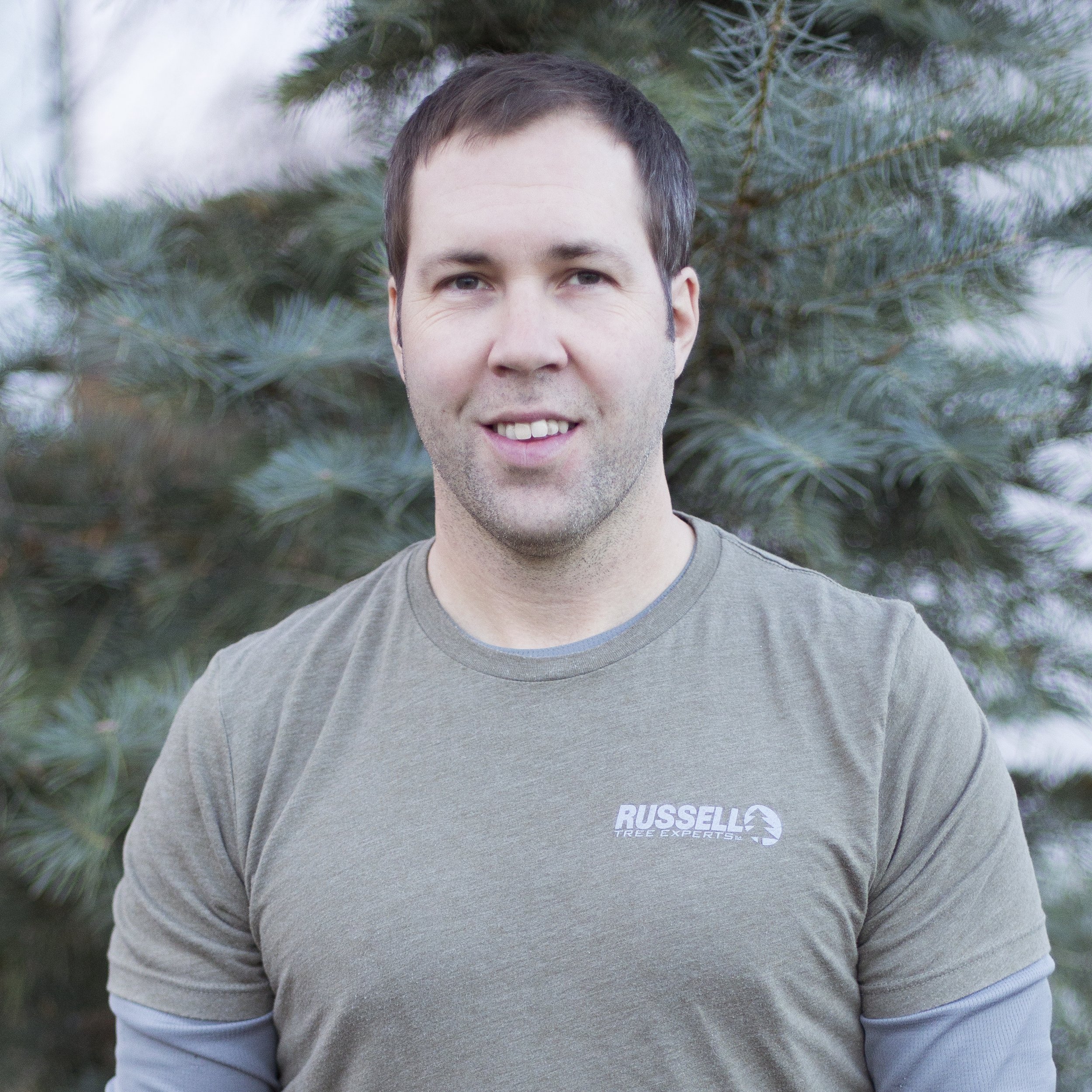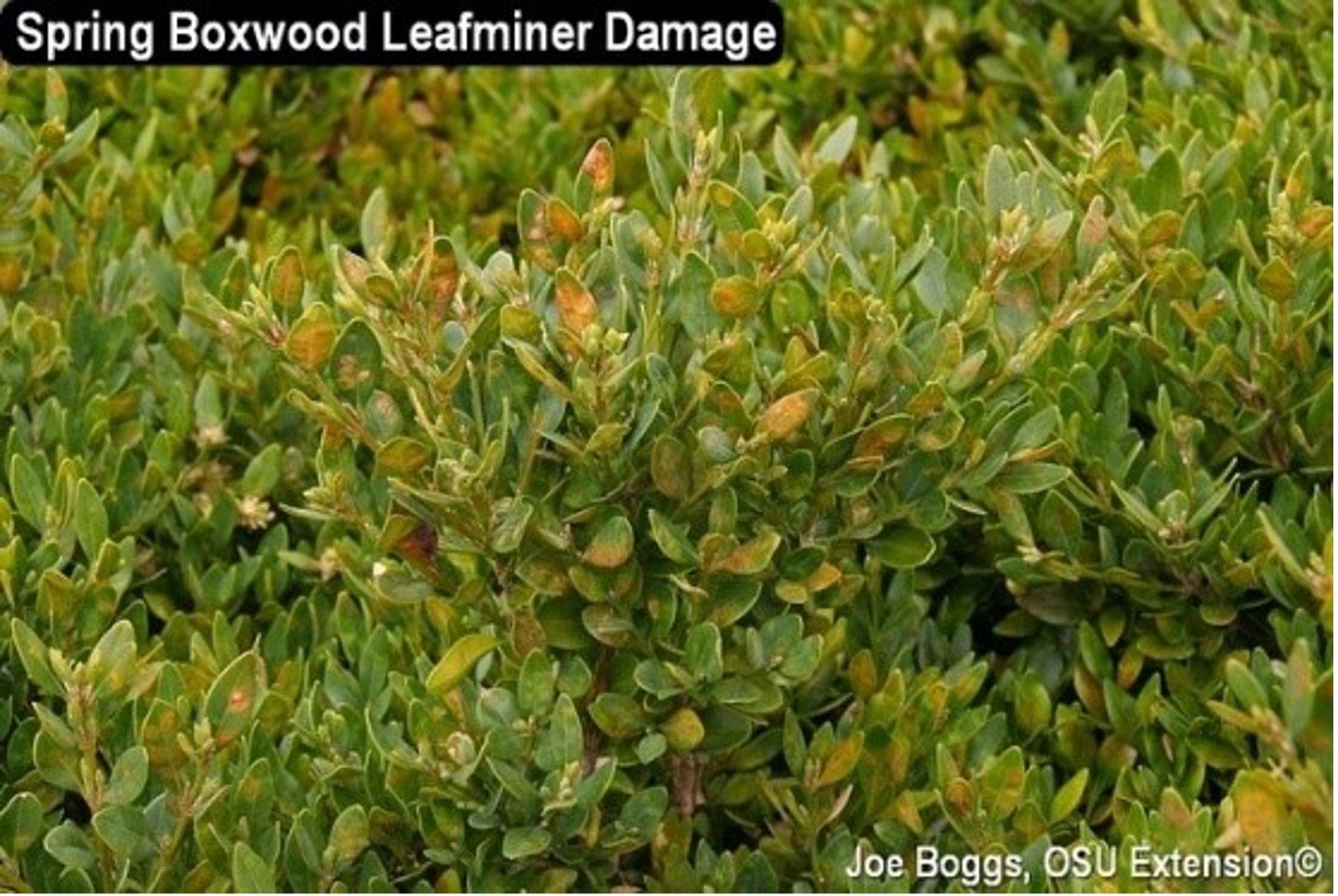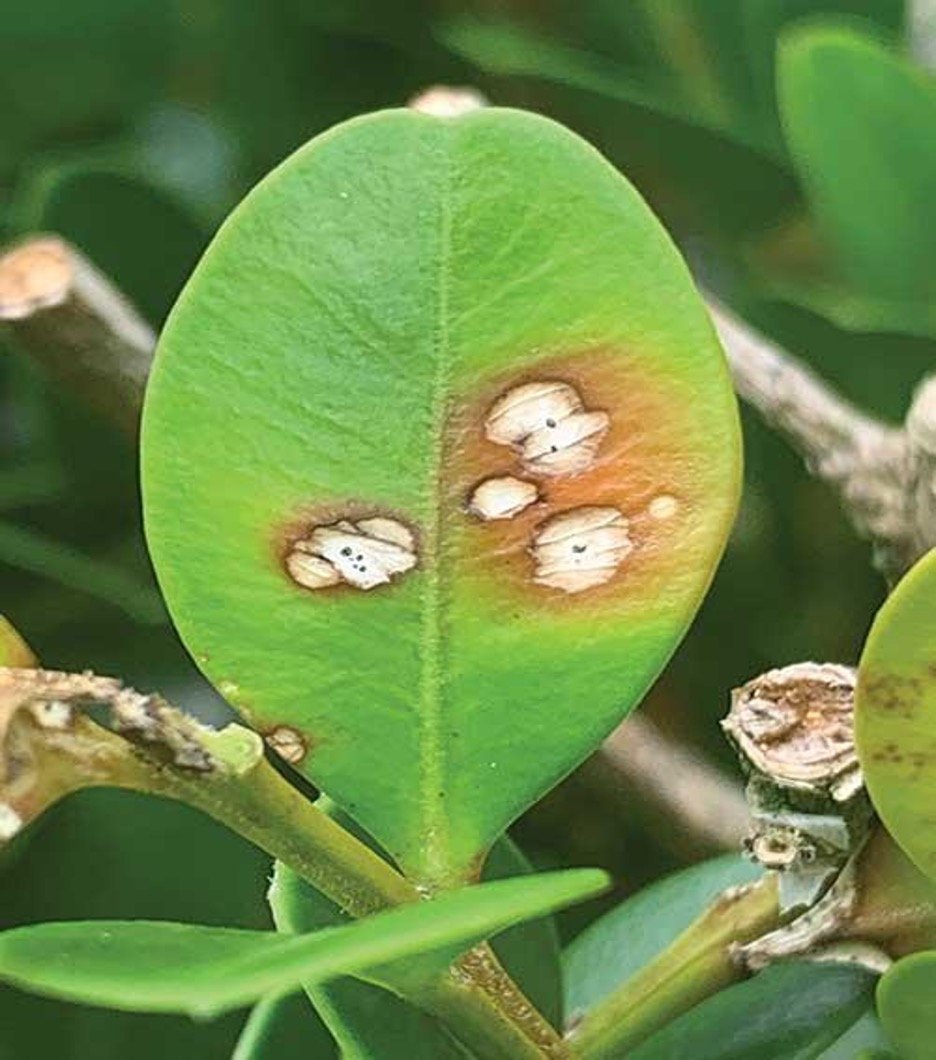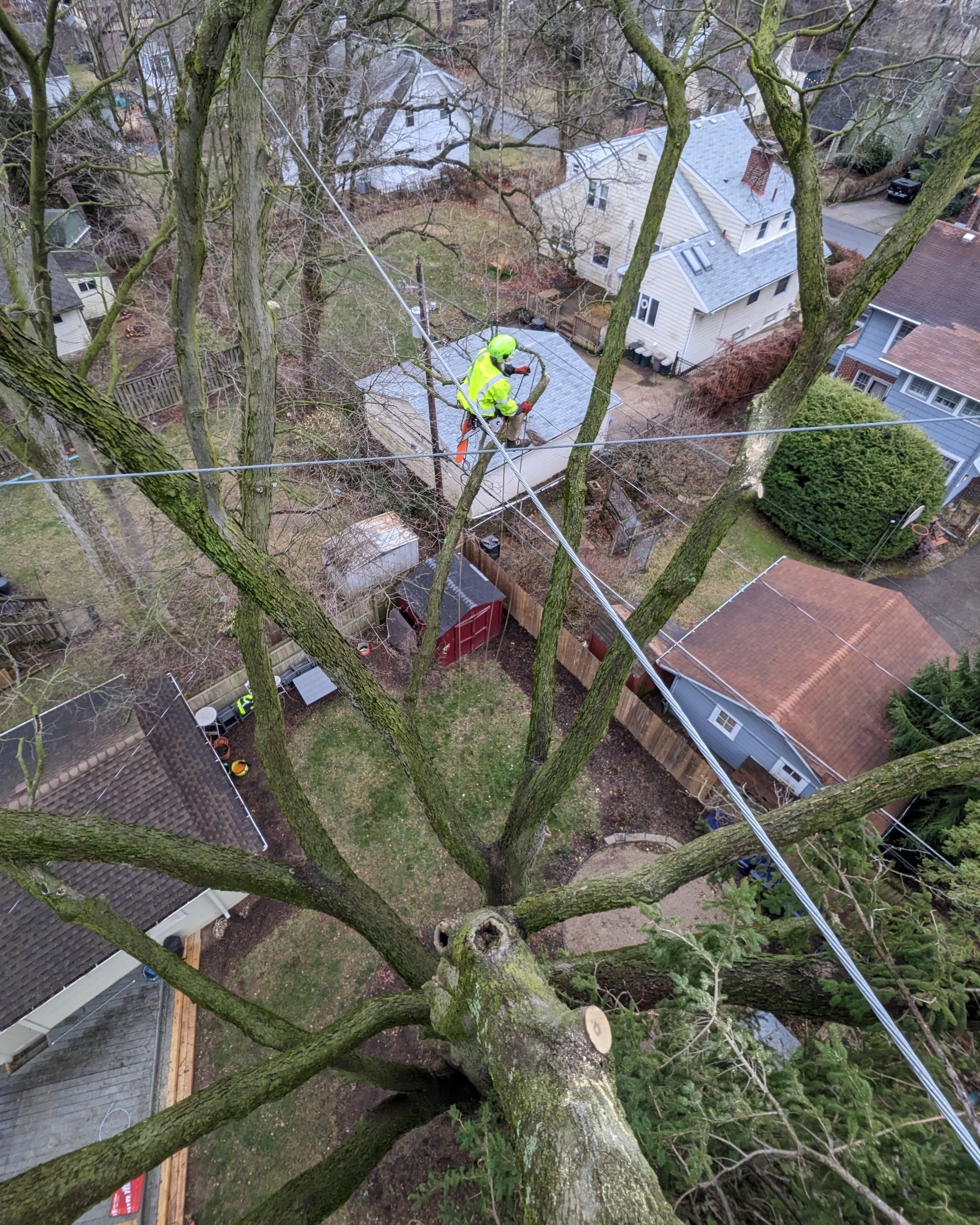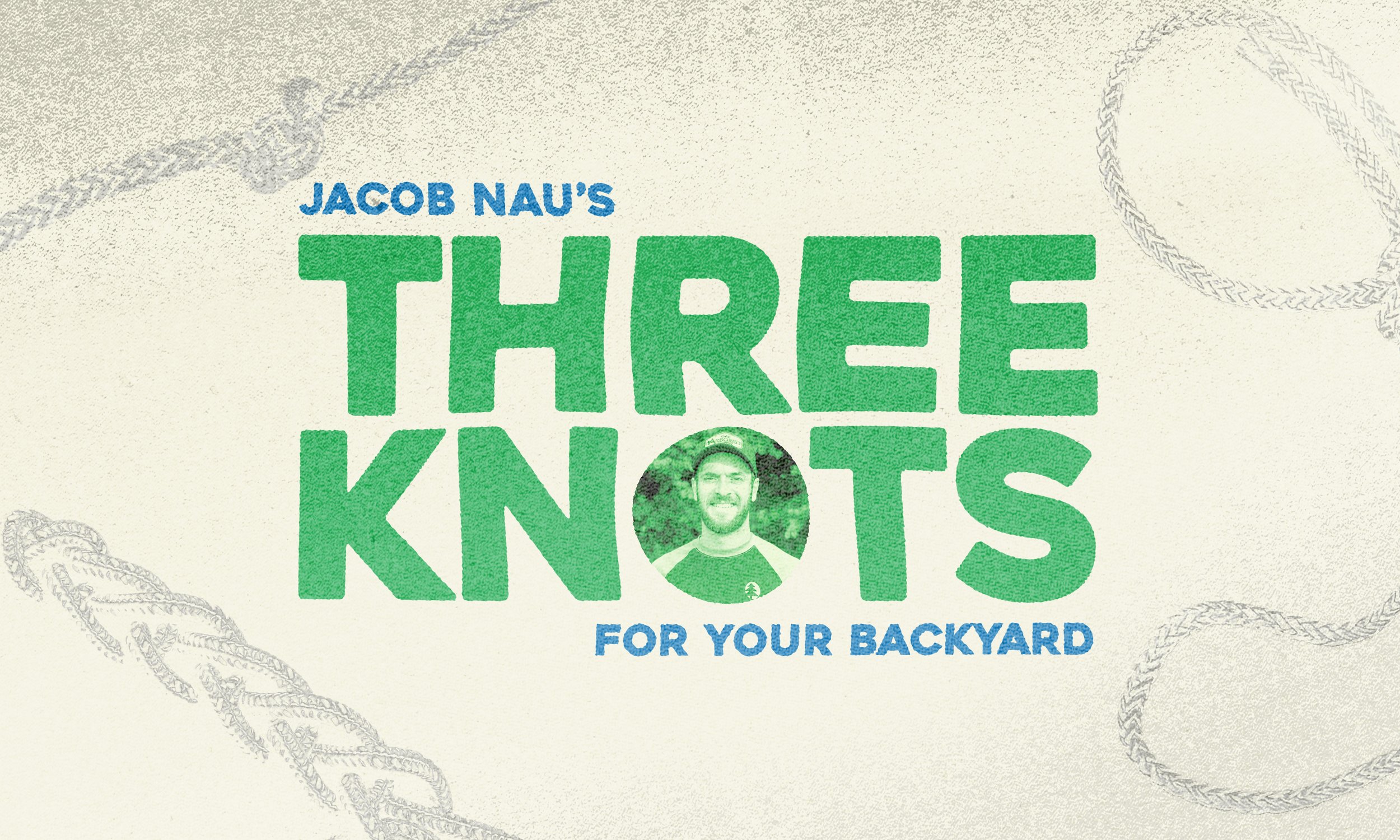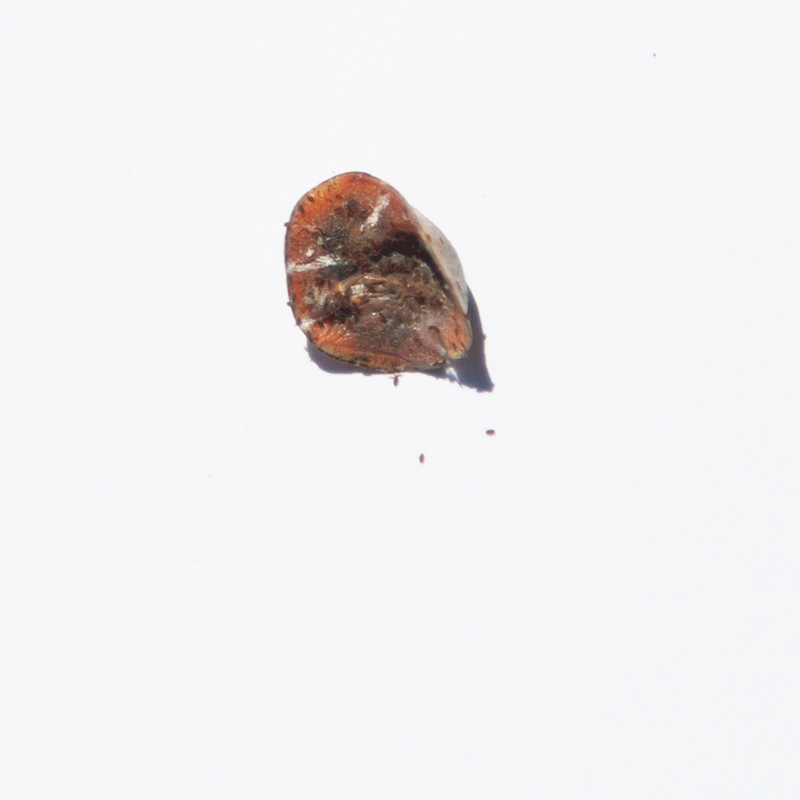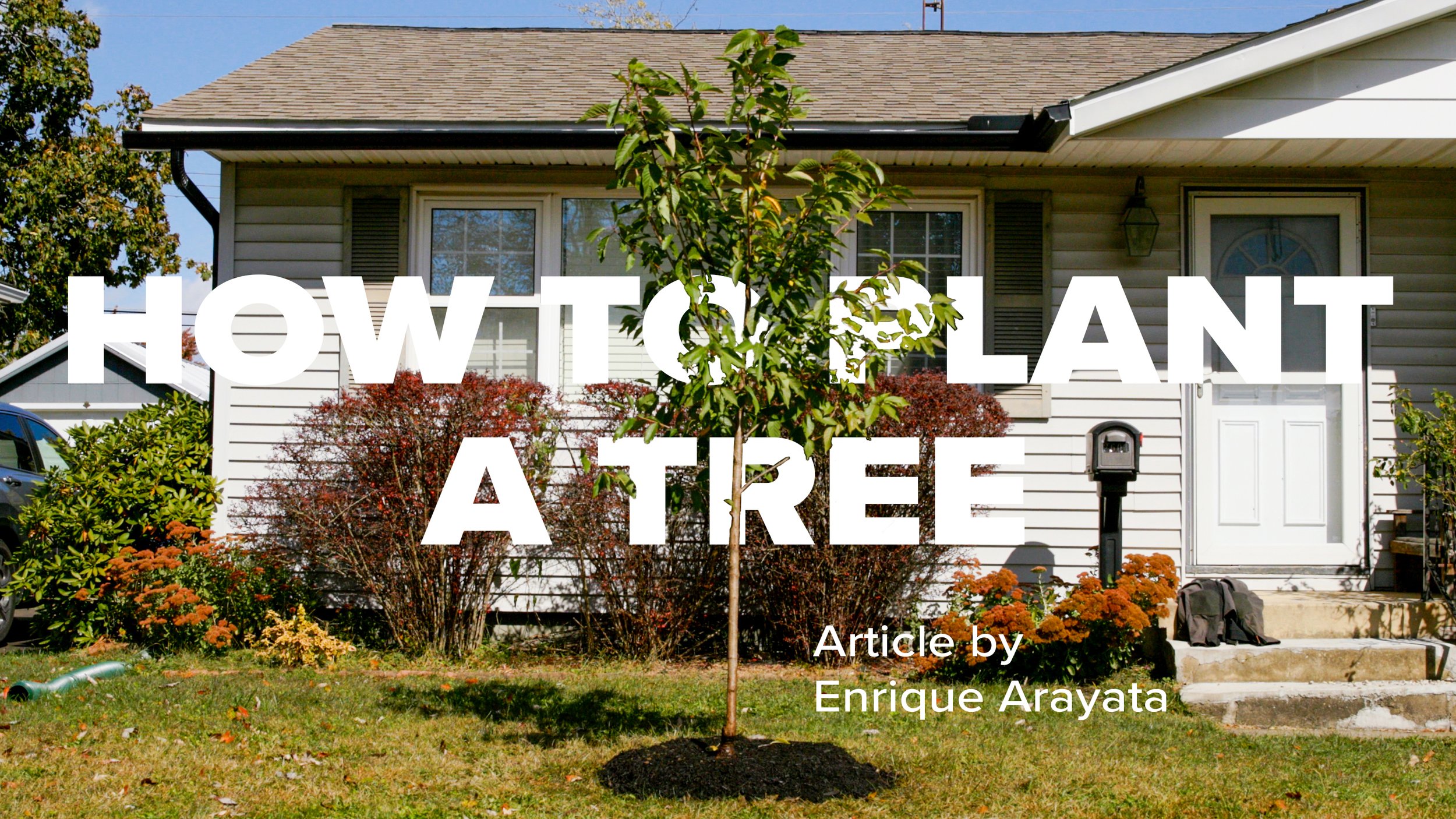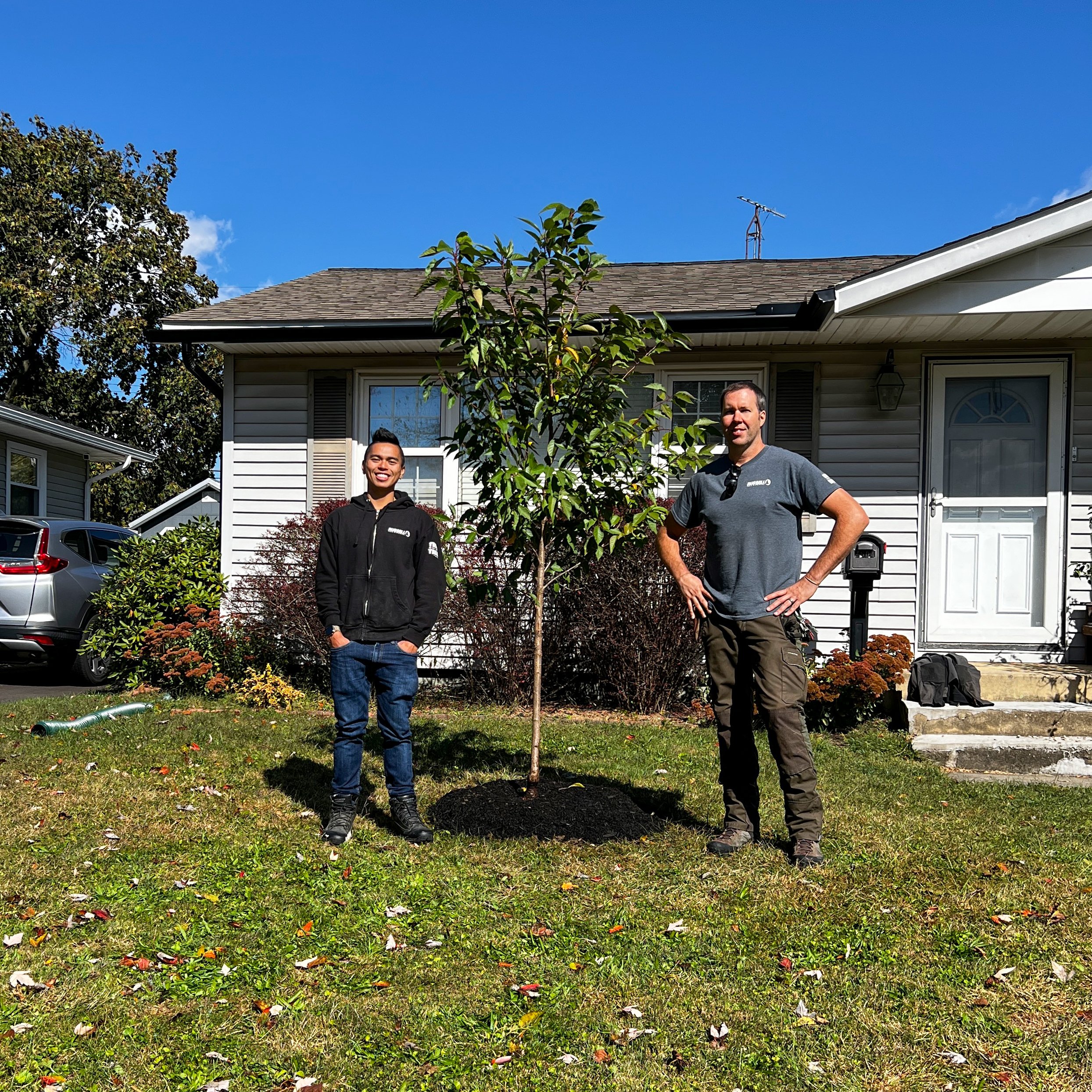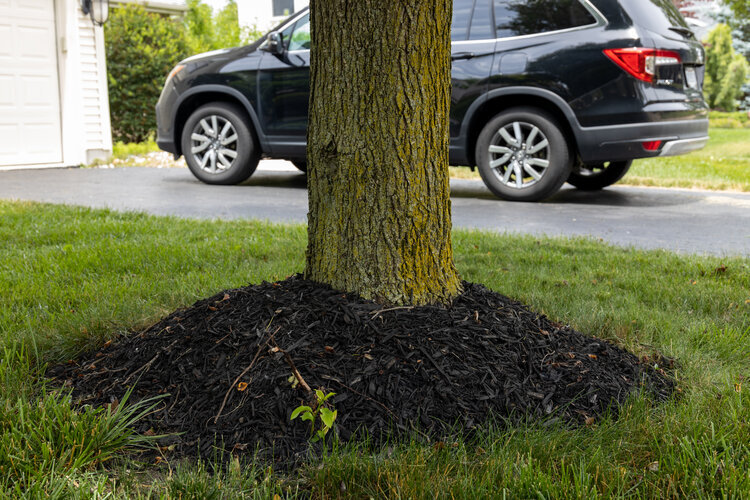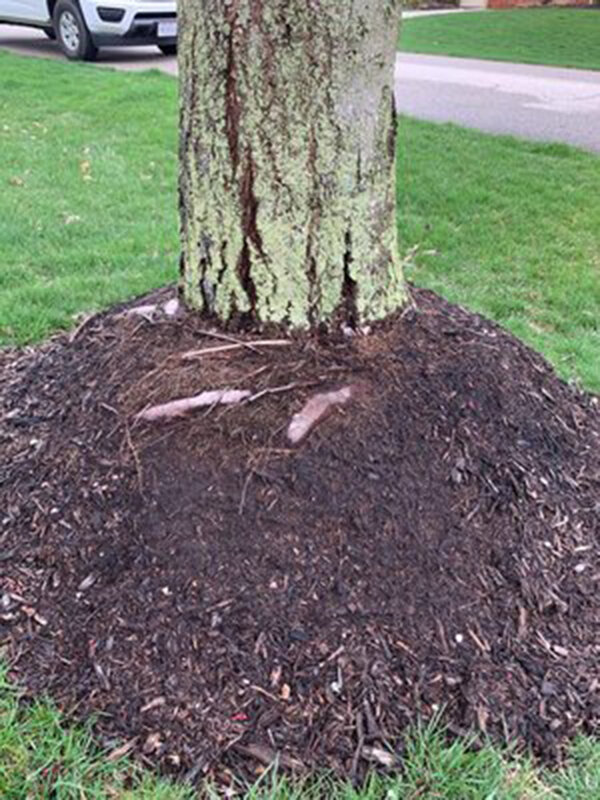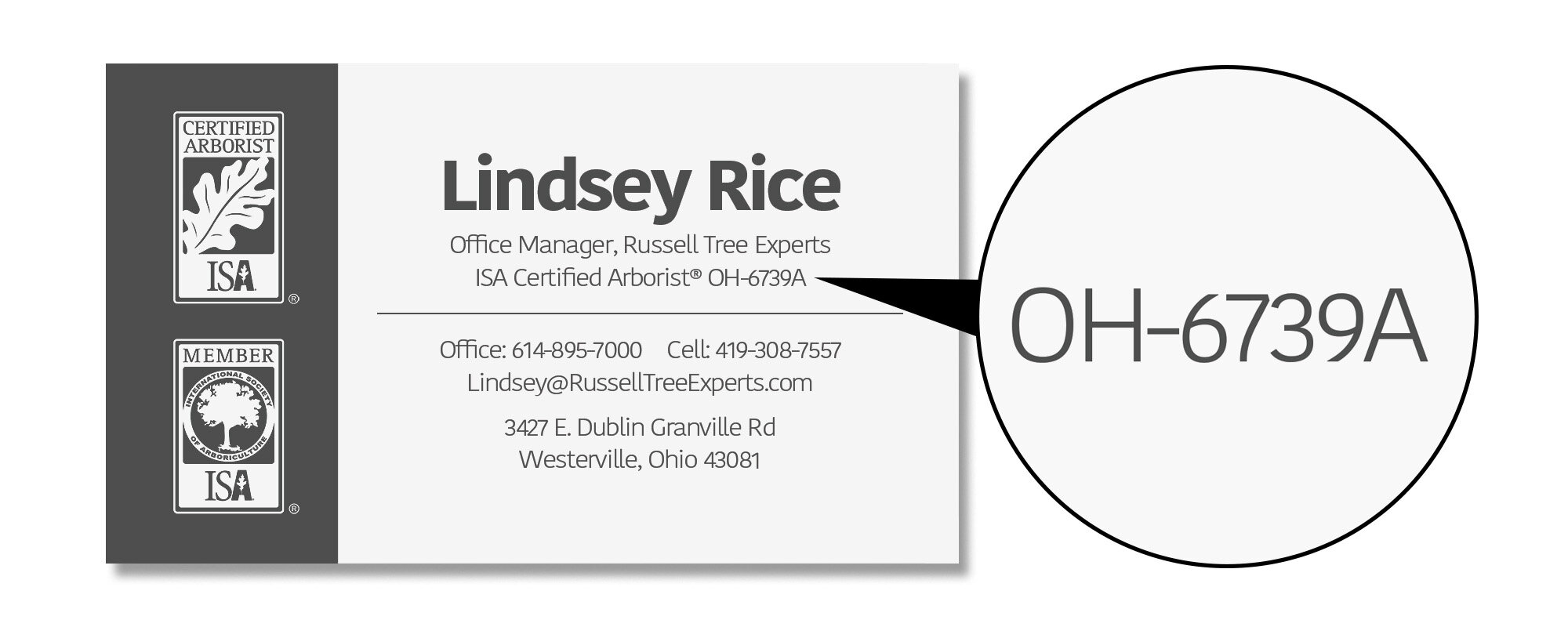By Mitch Lippencott
ISA Certified Arborist
April 11, 2024
Much of the tree work our arboriculture division at Russell Trees Experts performs is a direct result of trees and shrubs being planted in inappropriate locations.
When we prune trees to clear a house, roof, or utilities, it's often because a large tree was planted too close, or a smaller tree should have been used. When we shear shrubs to stay below windows or to not encroach on walkways, a smaller, narrower shrub would not have needed maintenance. When we repeat micronutrient fertilizations or fungicides, it's usually to support a tree that doesn't belong in its environment. In short, we make wrong trees fit in wrong spaces.
The unfortunate fact is most trees and shrubs need a specific set of conditions to thrive - they can't just go anywhere. While figuratively forcing square trees in round holes is good for our business, the savvy gardener will not pick out a tree they 'like' and plant it in a spot where they think it 'will look nice'. Instead, they will study the conditions of their site, then choose the tree that best fits those conditions.
So how can you, the savvy gardener, 'study' your planting site? It's more than looking out the window once. Measuring is a good idea, but still not enough. Instead, examine your area from multiple vantage points, during multiple weather conditions, and multiple times of day.
Does rainwater pool anywhere? Where does the sun hit, and for how long? Which direction does the wind come from? Where would privacy be preferred? These, and many more questions should be incorporated into the plan.
While this seems cumbersome, the process can be broken down into five important factors: size, water, soil, exposure, and goals.
1) Size
Yes, plants can be pruned to keep them smaller, but most don't want to be! Severe pruning and shearing can cause stress, which in turn, makes plants less capable of defending themselves against diseases and insects; especially near a house or patio. Research plant sizes and don't get greedy - if a plant gets too big for your space, it's out of contention.
2) Water
As the global climate continues to change, Ohio is experiencing warmer, wetter winters and springs. Few plants can tolerate both wet and dry conditions. So if your area is wet most of the year, only water-loving plants should remain in the candidate-pool. Forcing dry-footed plants to wet soils will likely leach away vital nutrients and cause fungal infections. Conversely, heavy drinkers in dry soils will likely need continuous watering, which is time-consuming, expensive, and environmentally careless.
3) Soil
Soils vary greatly by location, but in general, central Ohio soils have a heavy clay texture with poor drainage, and a neutral pH (neither acidic, nor alkaline). Undisturbed soils tend be more loamy and acidic. New builds and urban areas tend to be more compacted and alkaline. Plants in soils not matching their needs can suffer from fungal infections, nutrient deficiencies, and instability due to poor root growth.
4) Exposure
While sun and wind are obvious factors, deer-resistance, salt tolerance, limited root space, planned or recent construction, and known insect pests or pathogens are other common exposures in our region.
5) Goals
I will discuss this more thoroughly in a future article because this is the most fun part - this is where all of your research and observation pay off and your plant starts to work for you! Privacy, traffic noise reduction, food production, bird watching, and a created, desired aesthetic are all examples of good planting goals. Luckily, there is a plant for every size and for every site, so be diligent and find exactly what you need. Scott Zanon's excellent guide Landscaping With Trees in the Midwest lists trees for a variety of situations, including photos, plant sizes, and recommended cultivars.
~~
Pairing the correct plant to the correct location may take time and research, but it is the best path to a long-lasting, low-maintenance garden. When planting your next tree, thoroughly observe your site before heading to the nursery, then limit your search to the trees that match those conditions. Just don't get too carried away - we still have a business to run over here! ;-)
ADDITIONAL TREE PLANTING RELATED ARTICLES!
videos on tree planting and watering!
Sincerely,
Mitch Lippencott I Regional Manager, Russell Tree Experts
Mitchell Lippencott joined Russell Tree Experts in 2020 and has been in the green industry for over 20+ years with a diverse background ranging from working for a landscape design company, a retail garden center, and two municipalities! Mitch is an alum from The Ohio State University, a licensed pesticide applicator, a qualified tree risk assessor, and an ISA certified arborist. Outside of work, he enjoys traveling, cooking, and gardening.

